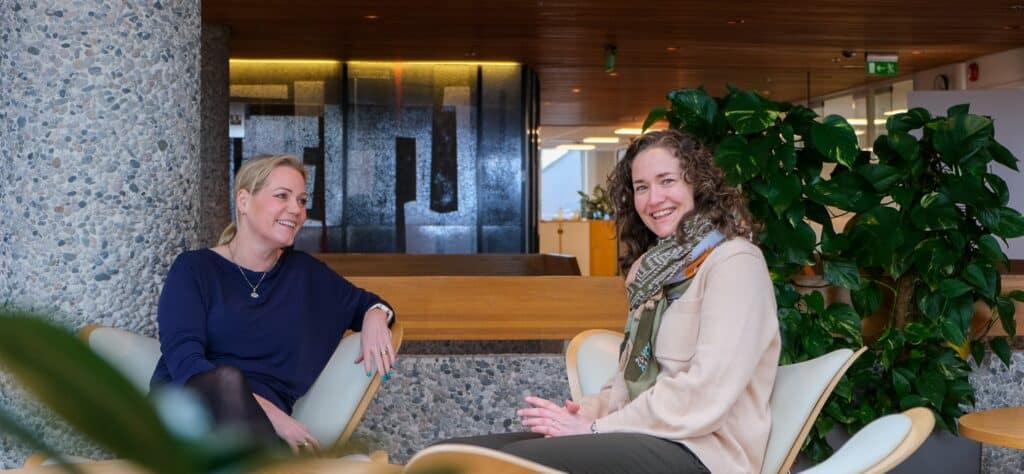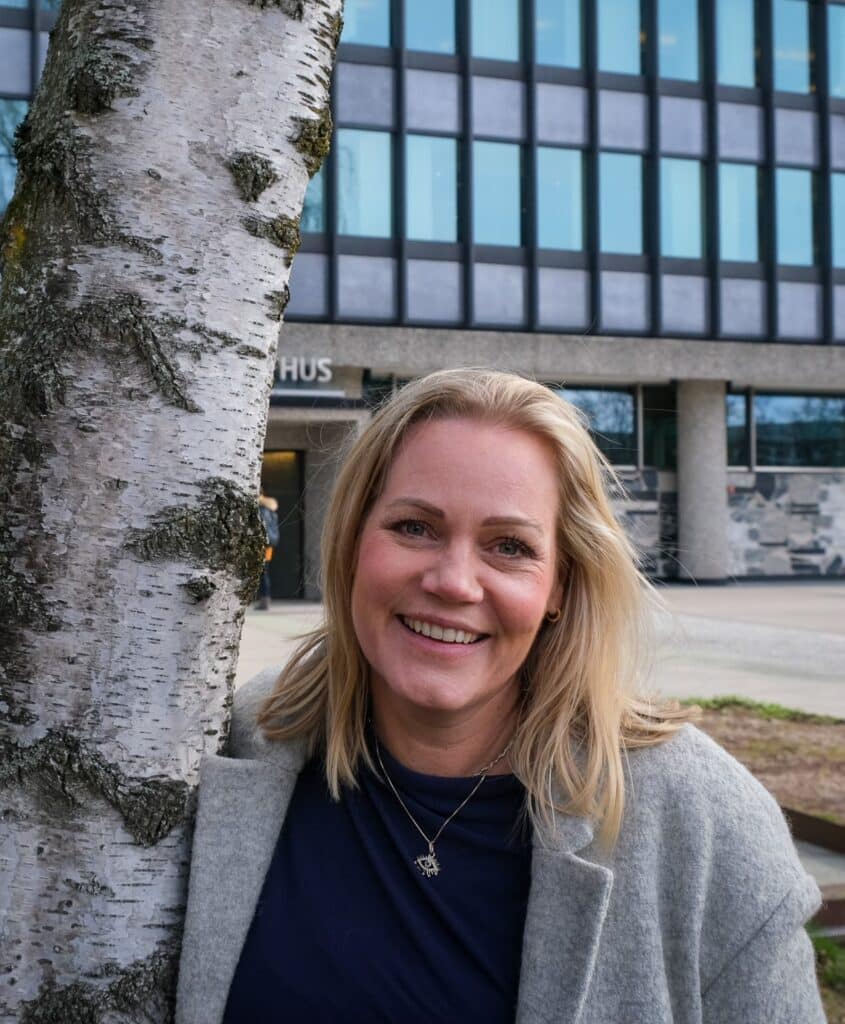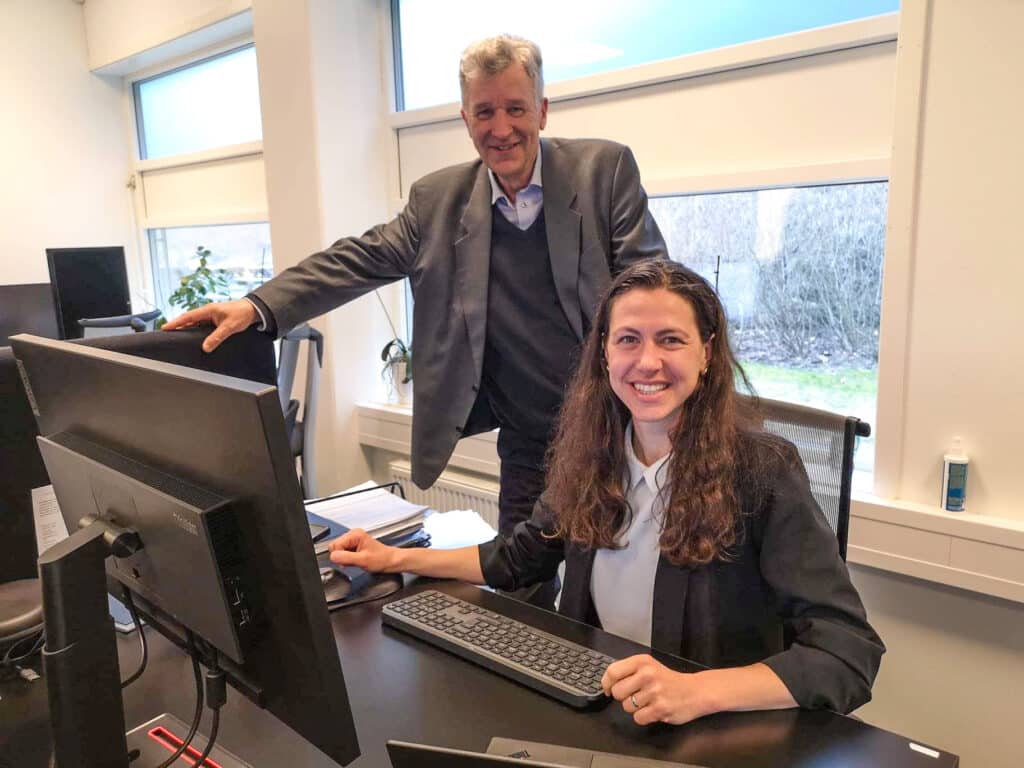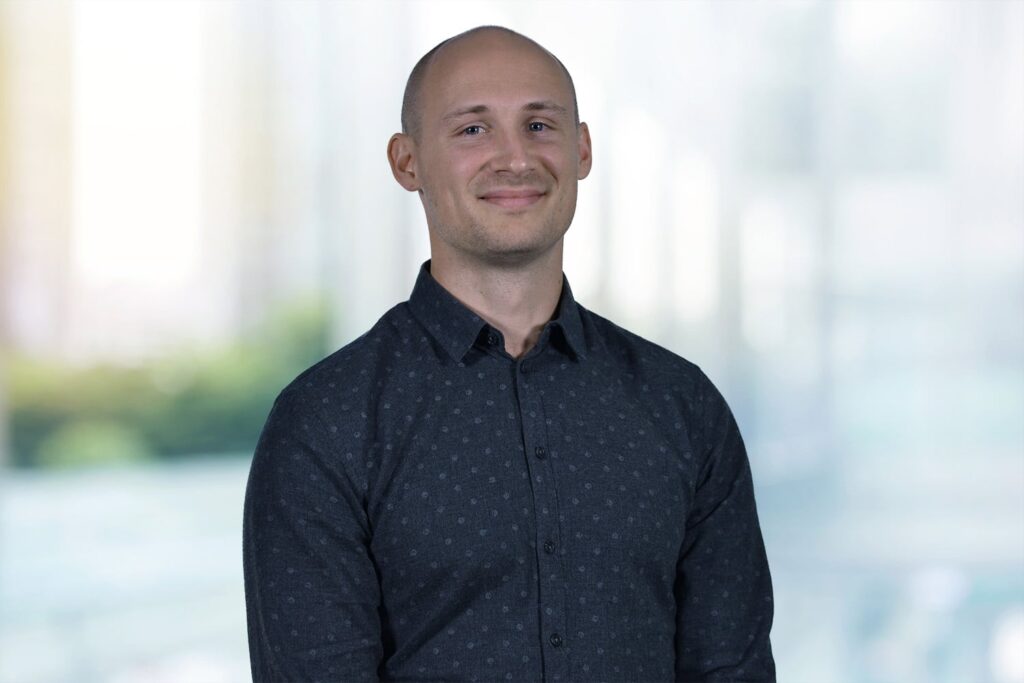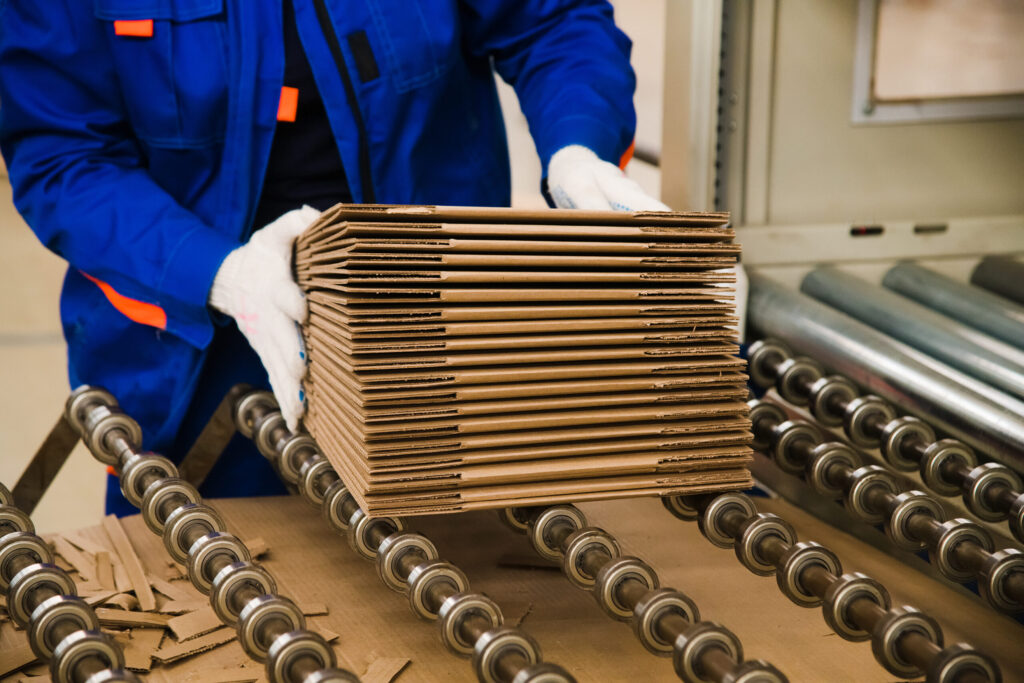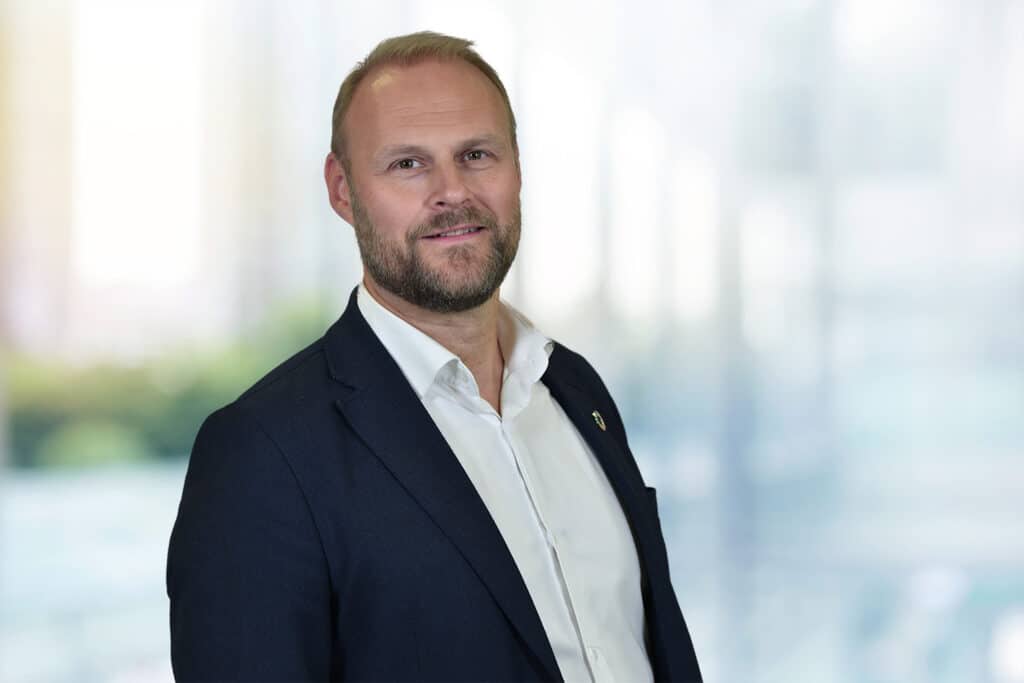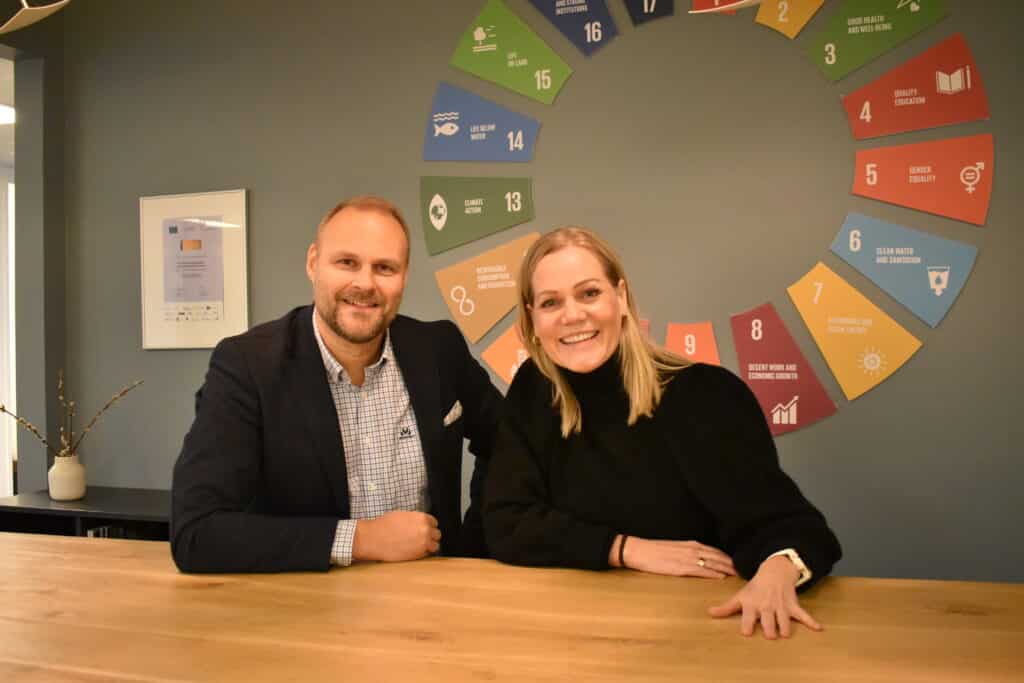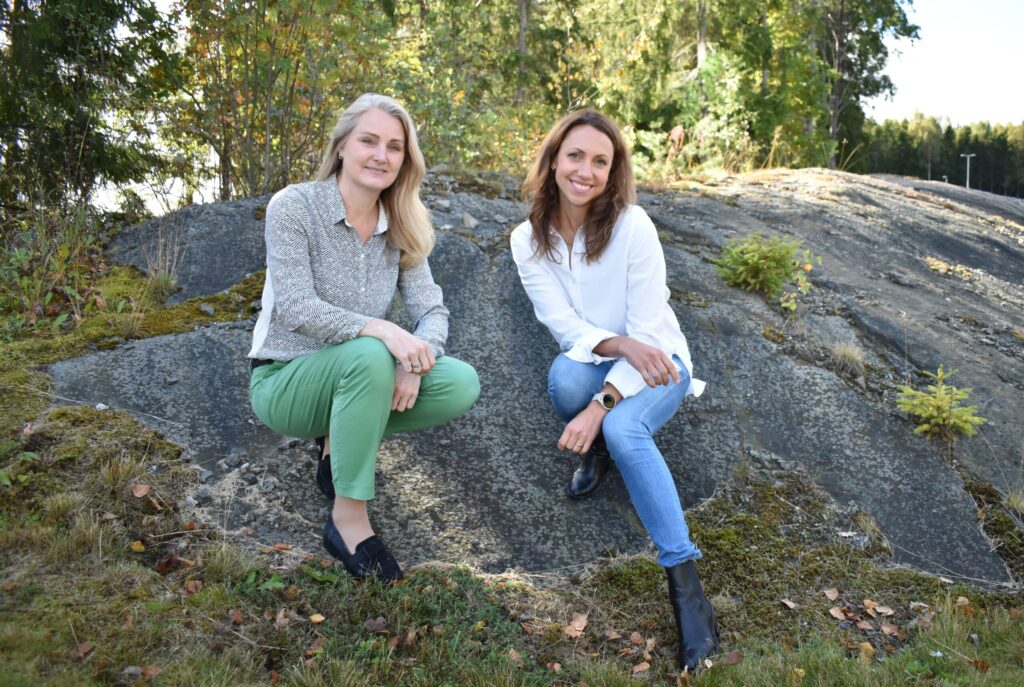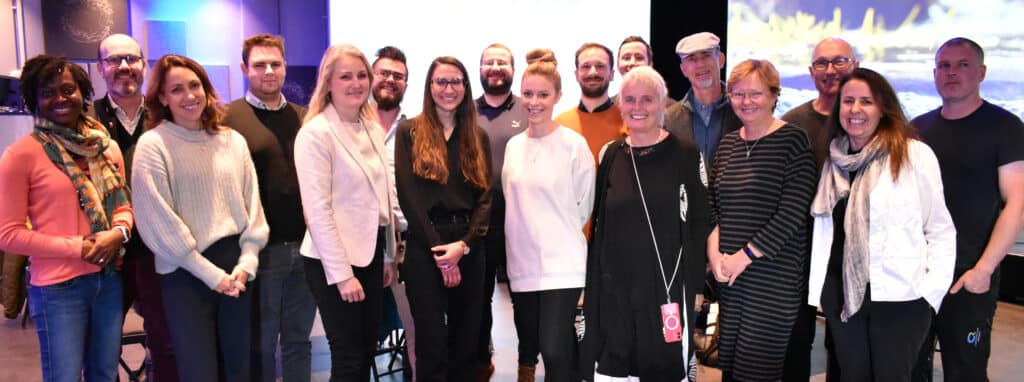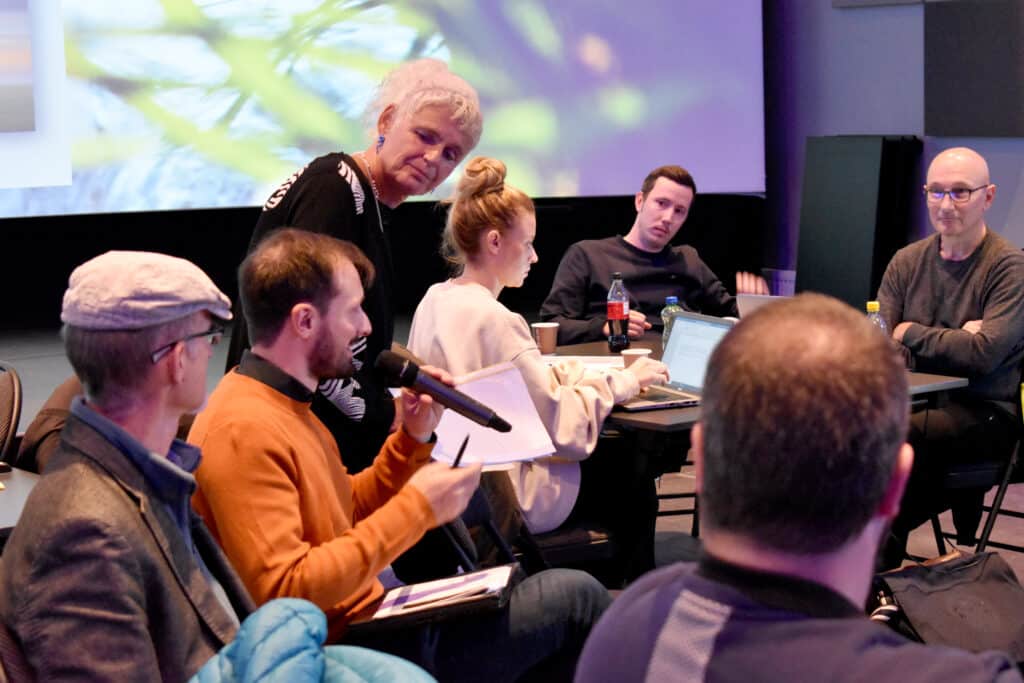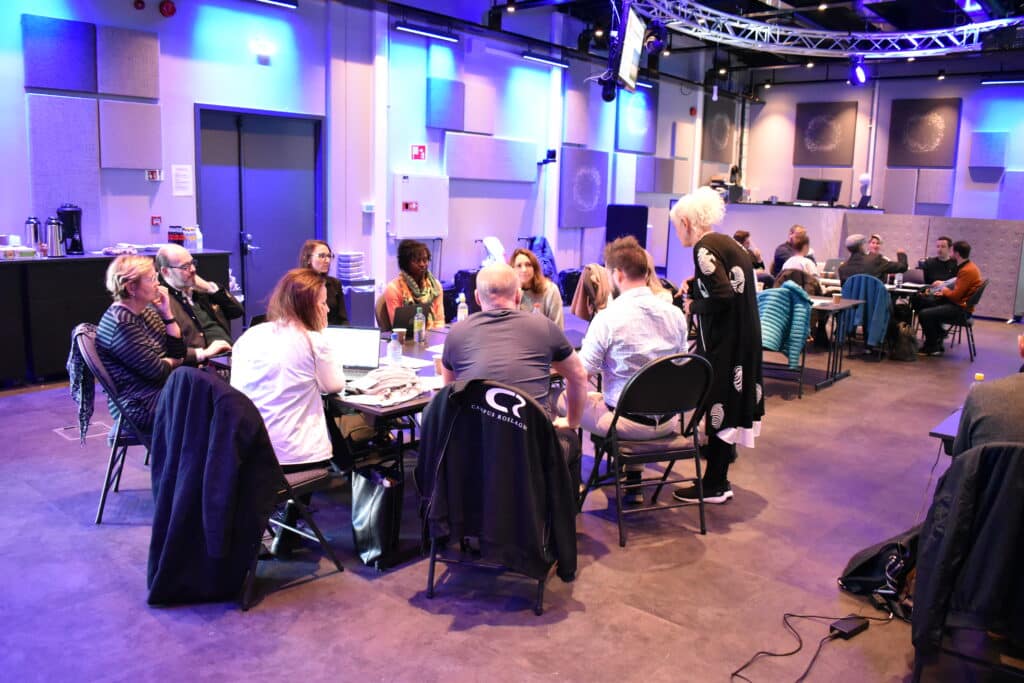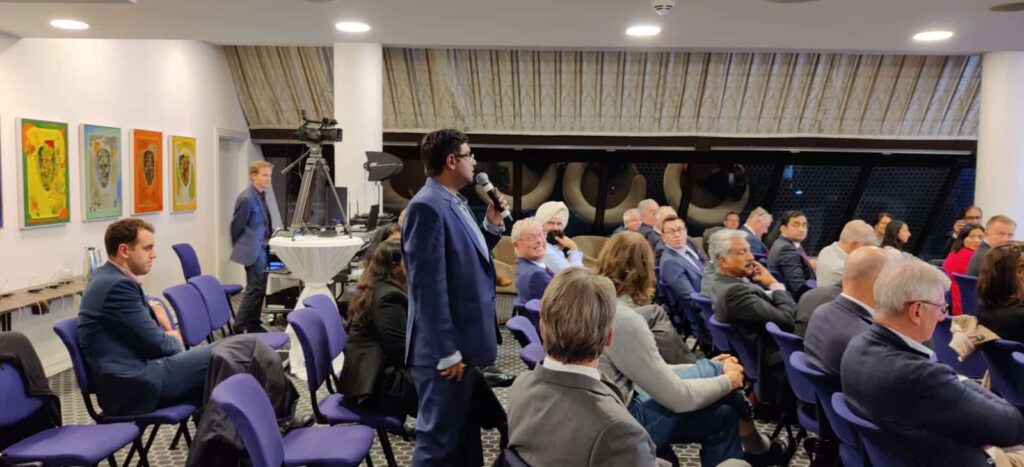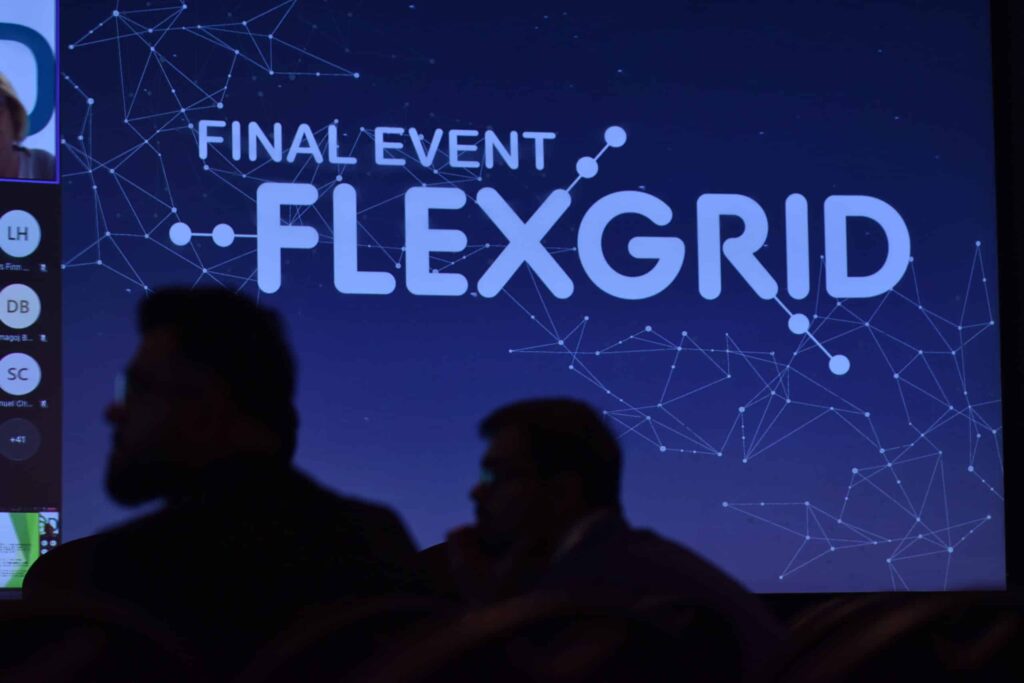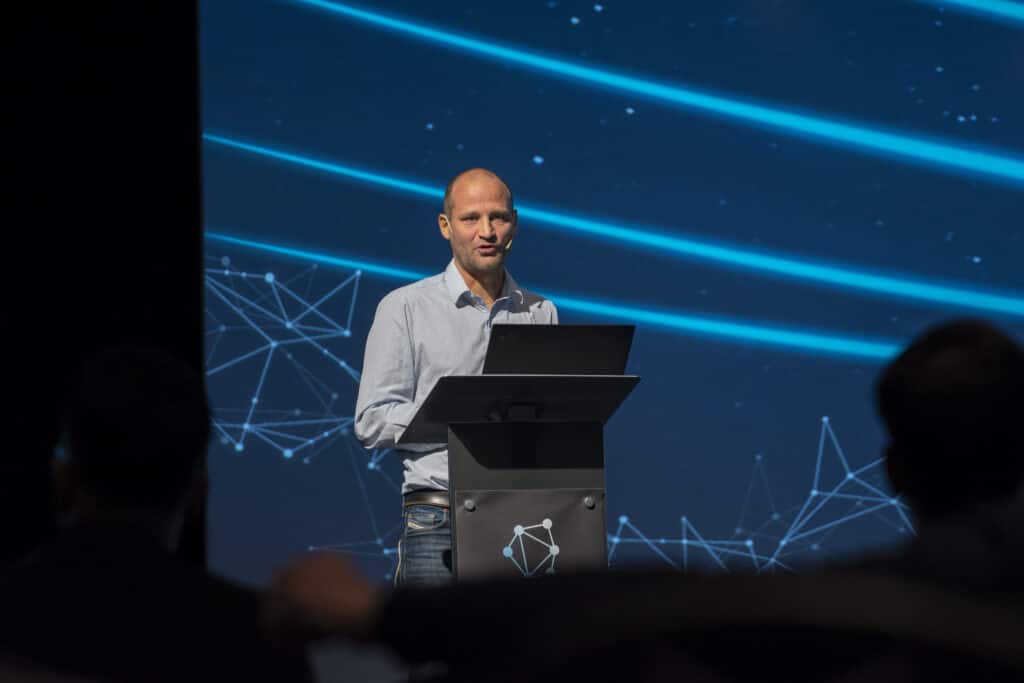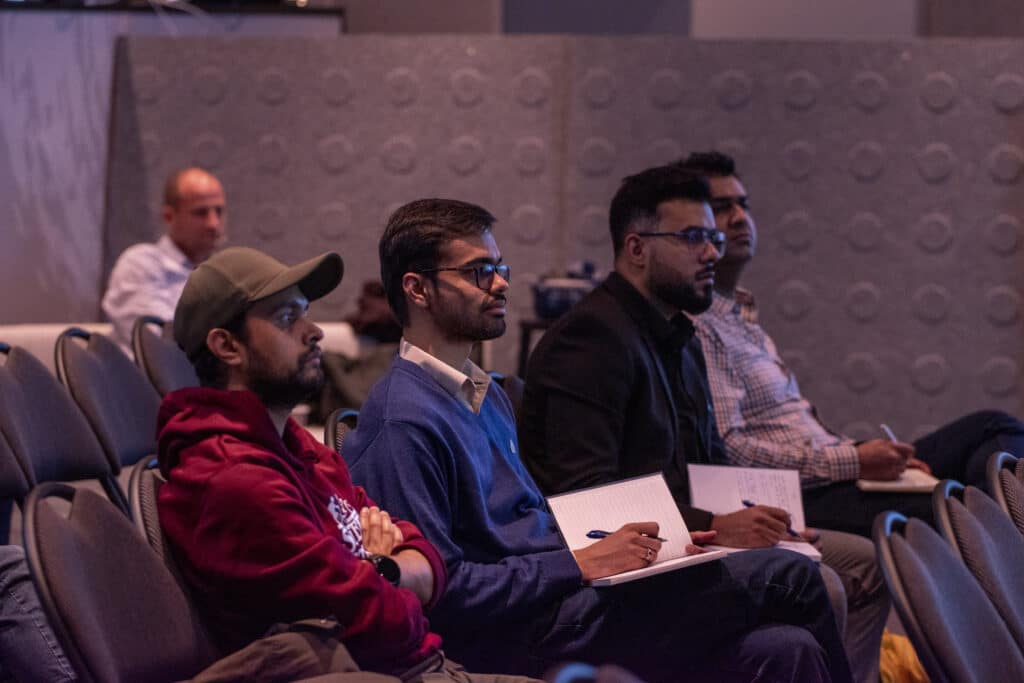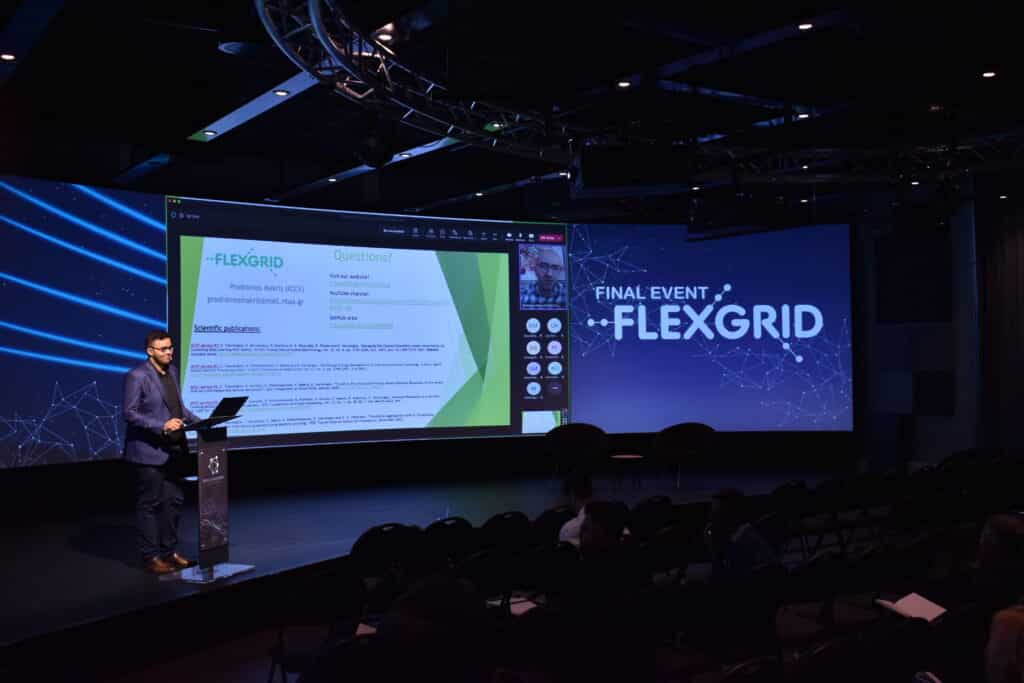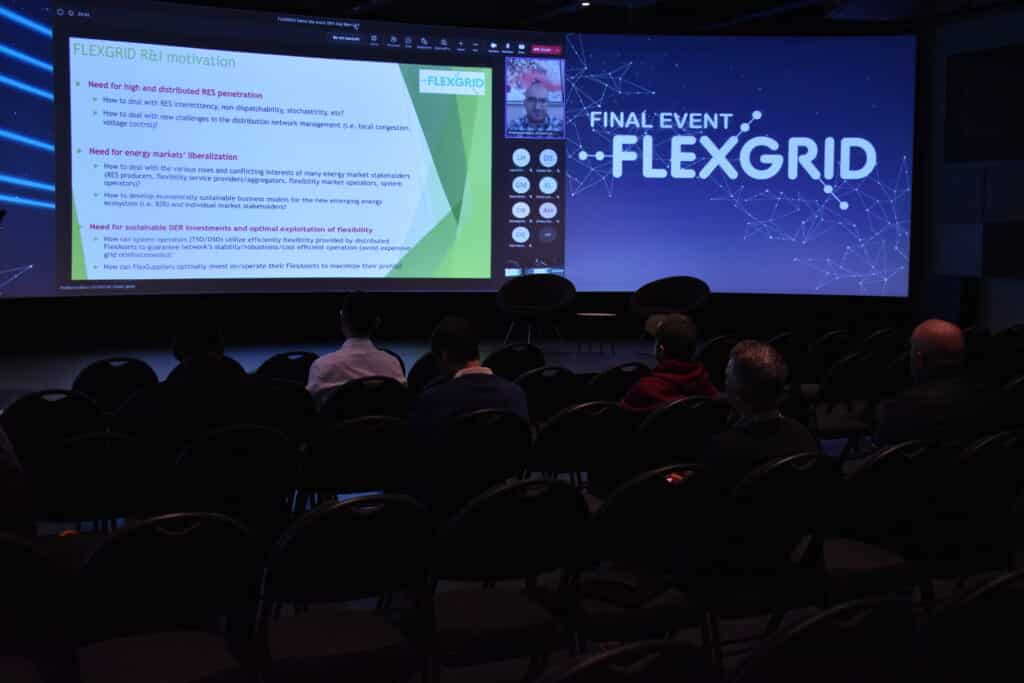The Energy Commission has given us seven years to build the power needed to meet the needs of the green transition. At the same time, we need to make today's energy consumption more efficient. How do we achieve this? Some of the answers came during the seminar of the energy cluster NCE Smart Energy Markets.
Article continues below the video:
Use electric car batteries as a storage resource in the grid. Expand wind, solar and nuclear power. Increase digitalization and share more data. Establish new collaborations across industries. Develop innovative technological solutions.
The options for solving the energy crisis are many and good, and much has already been initiated. But there is still a long way to go, according to the summary of the energy seminar in Halden in June.
- We need many solutions at the same time, and we need interaction between them," said Guro Nereng, climate advisor at Fredrikstad Municipality, from the stage.
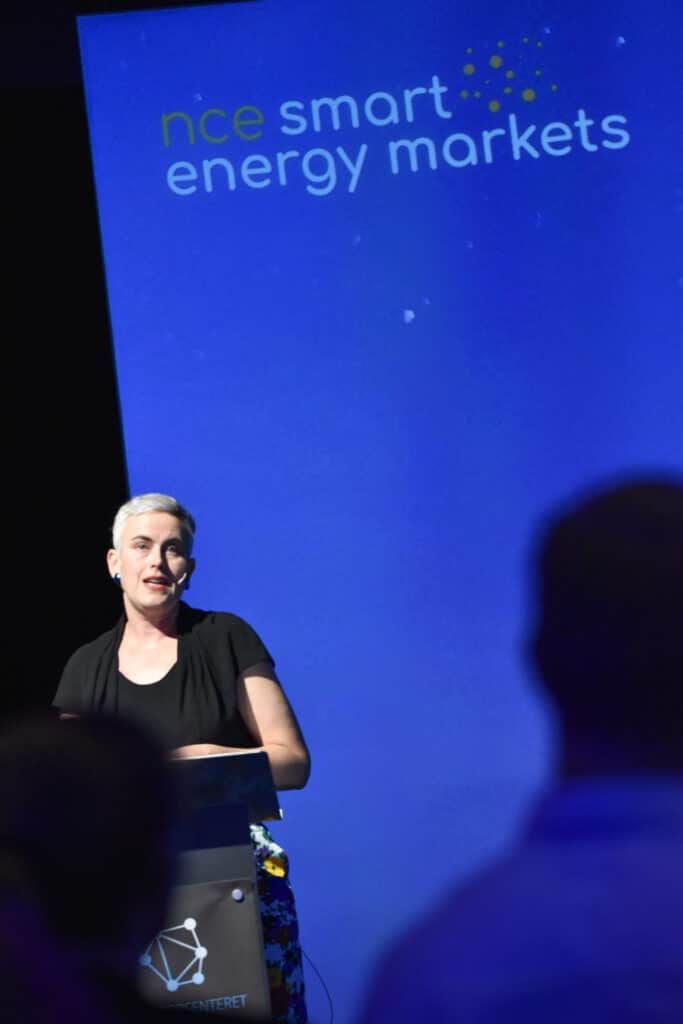
- Challenging situation
She focused on the power situation in Søndre Viken, which consists of the municipalities of Fredrikstad, Hvaler, Sarpsborg, Halden and Aremark. There is a lack of power transmission in several areas, and there is a great need for increased grid capacity and new power production.
Nereng also pointed out the challenge of the current framework conditions hampering good solutions in some cases. As an example, she highlighted the use of surplus energy from waste incineration plants. Today, incineration plants are treated differently internally in Norway and with Sweden in terms of carbon costs, which can make surplus energy too expensive for the industry.
- The connections are complicated, but there is a risk that the incineration plants could end up firing for the crow while industry fires with more natural gas. In the worst case scenario, the current situation leads to job losses or increased greenhouse gas emissions - or perhaps both. It's a challenging situation we're in," she says.
According to Nereng, an important step on the road to improvement is to work long-term to change the framework conditions so that challenges related to the surrounding infrastructure can be solved. Another key measure is to look at alternative solutions such as flexibility and power storage.
- It will probably help us a lot, even if it doesn't cover the entire need," she says.
Batteries on wheels are part of the solution
One of the speakers at the seminar, which focused on flexibility and storage, was Tom Orvei from Current. They deliver a technological solution that makes it possible to use the power from car batteries as an additional resource in the power grid.
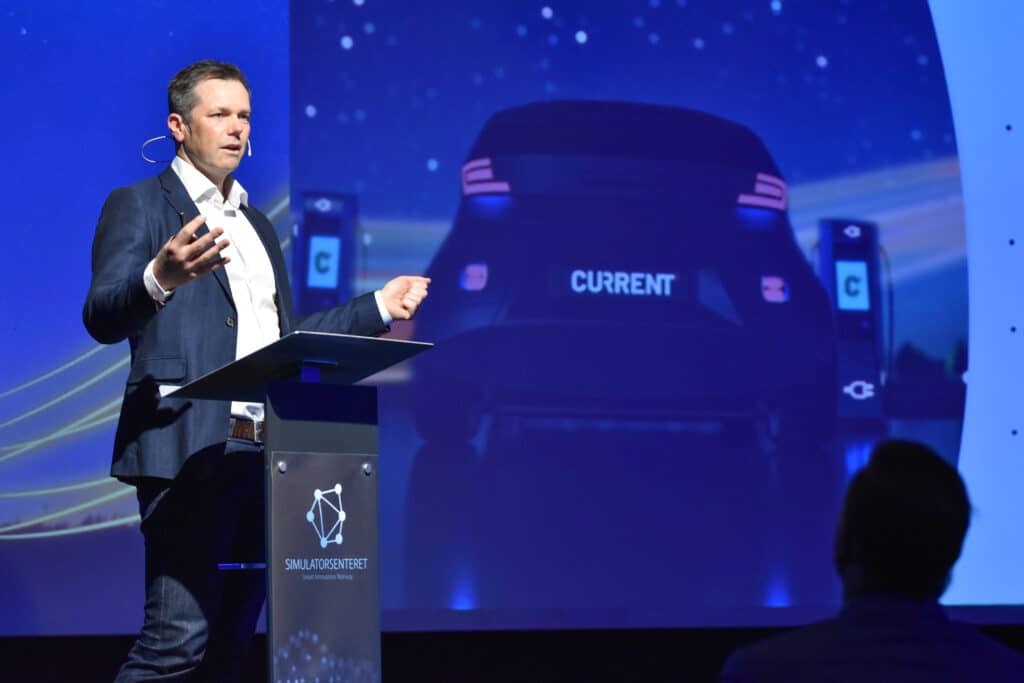
Today, everyone is familiar with one-way charging of electric cars. But the automotive industry has agreed that by 2025, all new electric car batteries will be capable of two-way charging so that power can be fed back into the grid.
The technology is called Vehicle-to-grid (V2G) and can be translated as "vehicle to grid". The solution involves the battery pack of electric cars acting as a power storage space that is available to the grid. When the load on the grid and the price of electricity is low, the battery is charged, and when the load is high, the electricity can be returned.
This solution enables the electric car to even out the load on the grid and reduce power peaks.
A key part of the work towards 2025 is to develop a technical V2G standard for the automotive industry.
- There are many players involved, so car manufacturers, grid companies and consumers need to agree on the rules of the game and how this will work," says Tom Orvei.
Making better use of current capacity
Heimdall Power 's technological solution is another example of how the need for more power can be met in a different way than expanding the power grid.
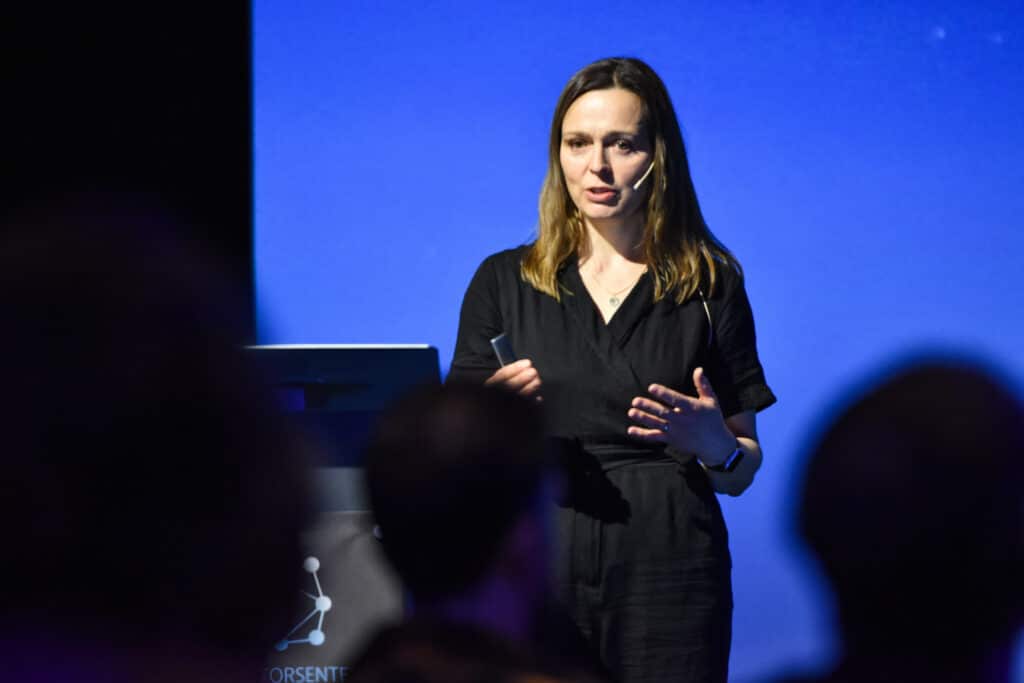
The company creates smart solutions for grid companies that enable them to make even better use of existing grid resources.
- The grid companies get a knowledge base to make good decisions along the entire value chain of the grid company," says Vice President Regulatory Affairs Vivi Mathiesen.
She highlighted the Energy Commission's conclusion that we need more of everything - faster - to be able to solve the energy crisis and explained how Heimdall Power's sensor technology in combination with software helps utilities to plan operations, maintenance and investments in a more targeted way.
- "With the ambitious goals of the Paris Agreement and the climate problems we face, we don't have time or money to ignore the potential of new technology," Mathiesen points out.
- We must do what works
The 130 or so participants were treated to a packed program with 19 speakers in the Smart Innovation Arena in Halden.
Engaged politicians, researchers, entrepreneurs, business leaders, climate advisors and business actors contributed with experiences, challenges, solutions, ideas, opinions and knowledge within the framework of NCE Smart Energy Systems' seminar: How to solve the energy crisis in South Viken.
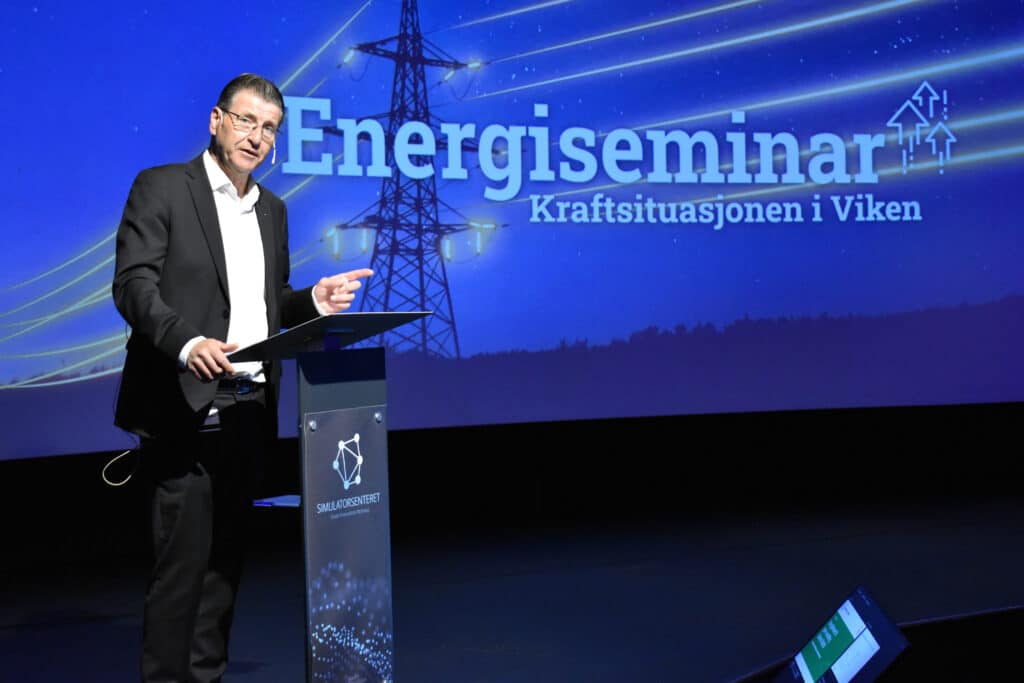
Member of Parliament Stein Erik Lauvås is a member of the Energy and Environment Committee for the Østfold Labor Party and was one of the speakers. In his political work, it is important for him to get out and meet those who are experiencing the crisis up close.
- "I'm very pleased that you're taking the initiative for this type of gathering because we need to come together and discuss challenges. And it's particularly positive that you focus on problem solving and not just problem description," he says.
Lauvås finds both knowledge and inspiration by attending seminars and other meeting places. "The challenges are well known to most people, so now it's time to find solutions.
The Ap politician's main priority is therefore to put in place a regulatory system that enables municipalities, businesses and others to save energy, produce more energy and achieve climate and environmental goals.
- There is no single solution to the energy crisis. There are many, small and large together. Those of us who create the framework and regulations must ensure that we do our job based on the good, professional input we receive. We must listen to those who know this so that it is possible to implement what works," says Stein Erik Lauvås.
The energy seminar is part of the project "Sustainable business development in the transport sector" that NCE Smart Energy Markets is conducting together with the transport cluster SAMS Norway and the technology cluster Kongsberg Technology Cluster. The project is funded by Viken County Council.
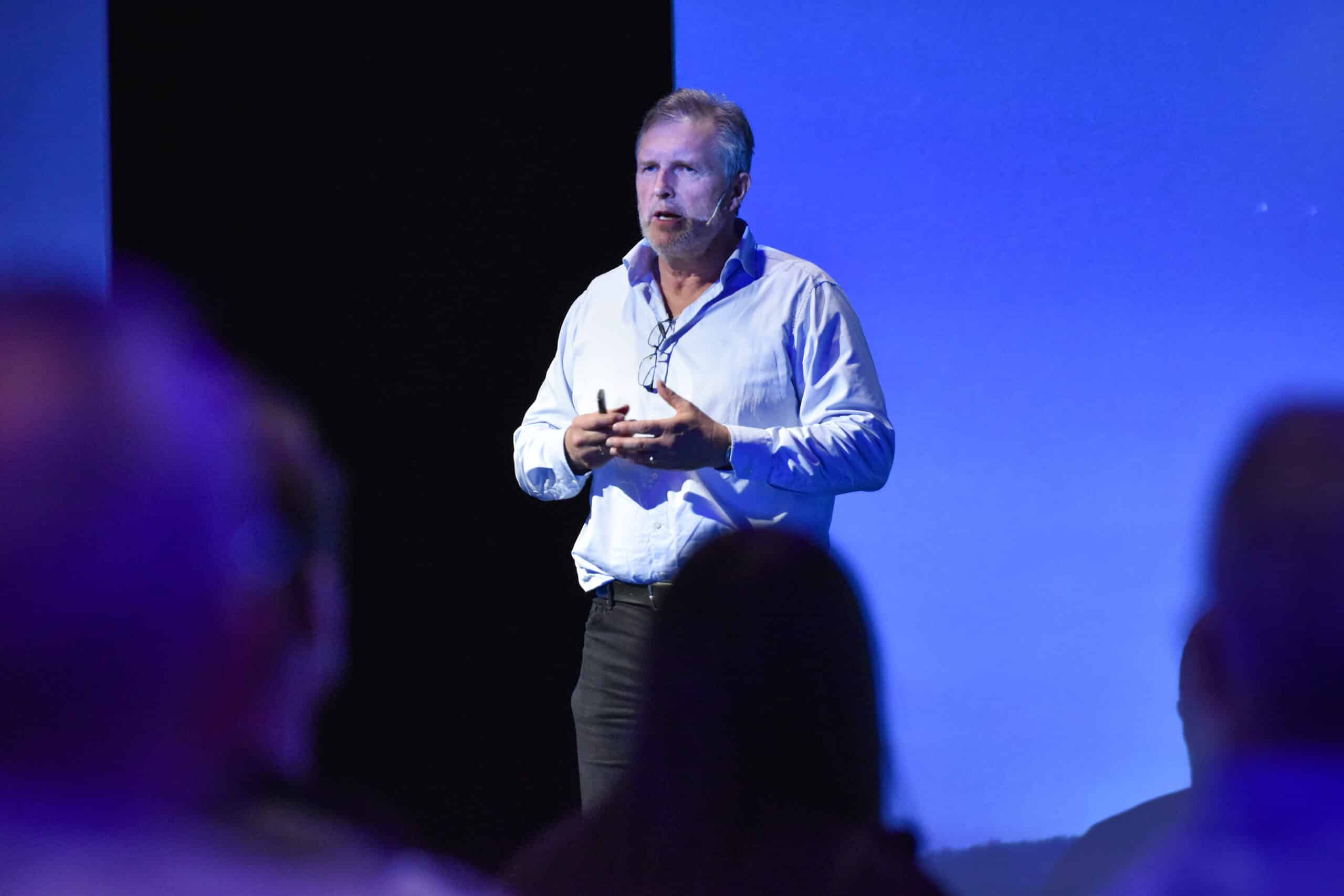
Knut Johansen from Wattscout AS 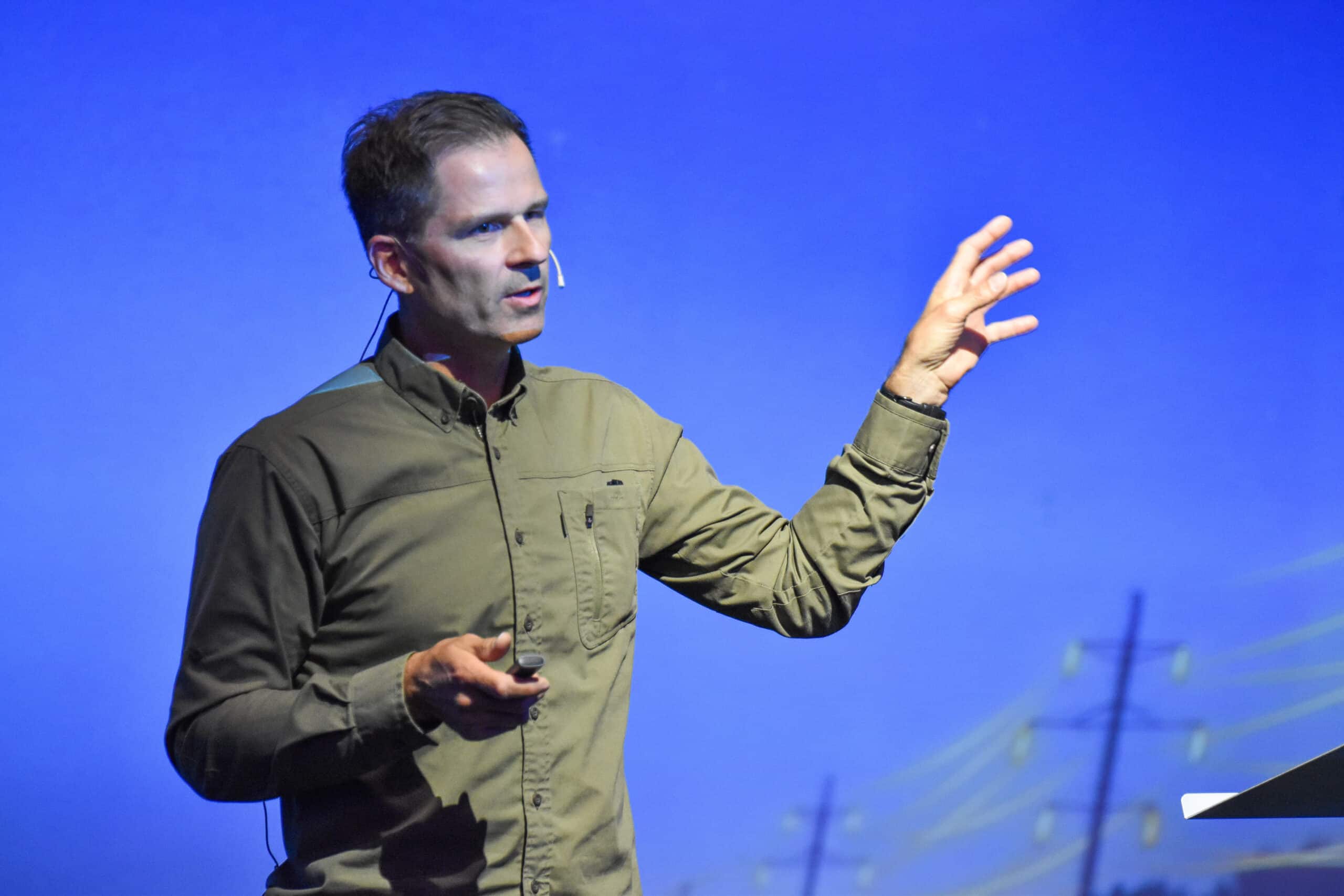
Knut Gustavsen, Smart Energy Systems 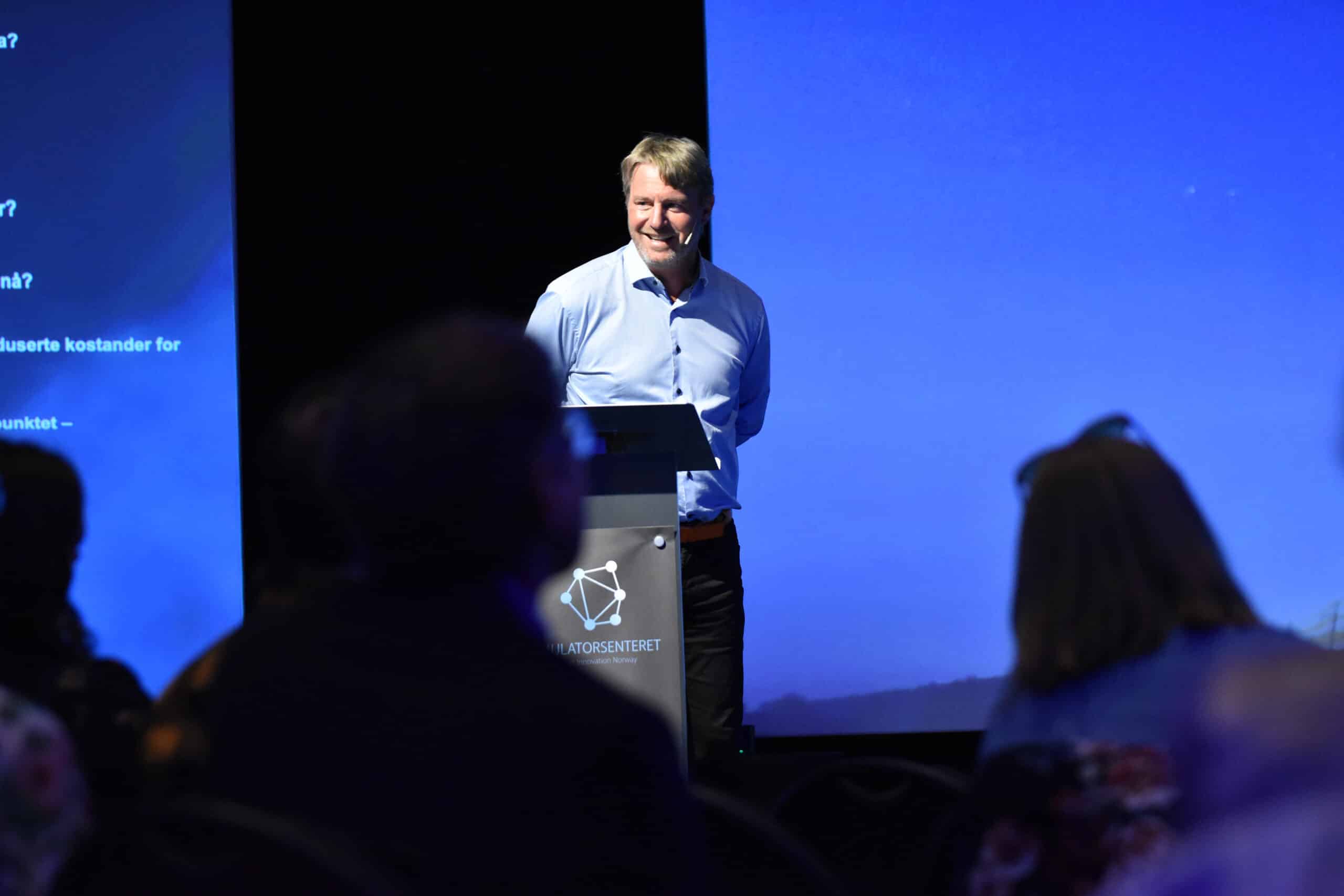
Vidar Kristoffersen, Norgesnett 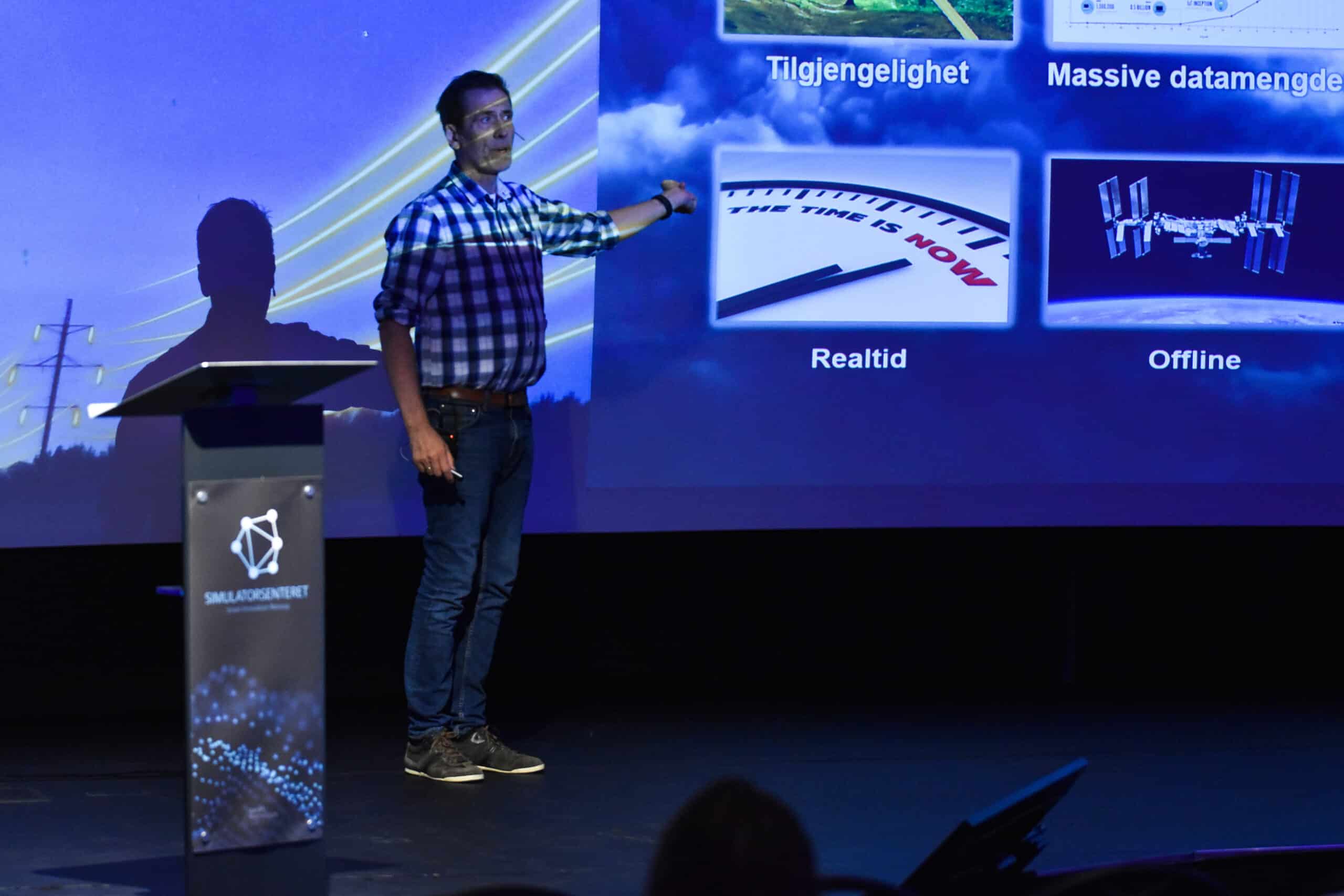
Nils Roald, Pratexo 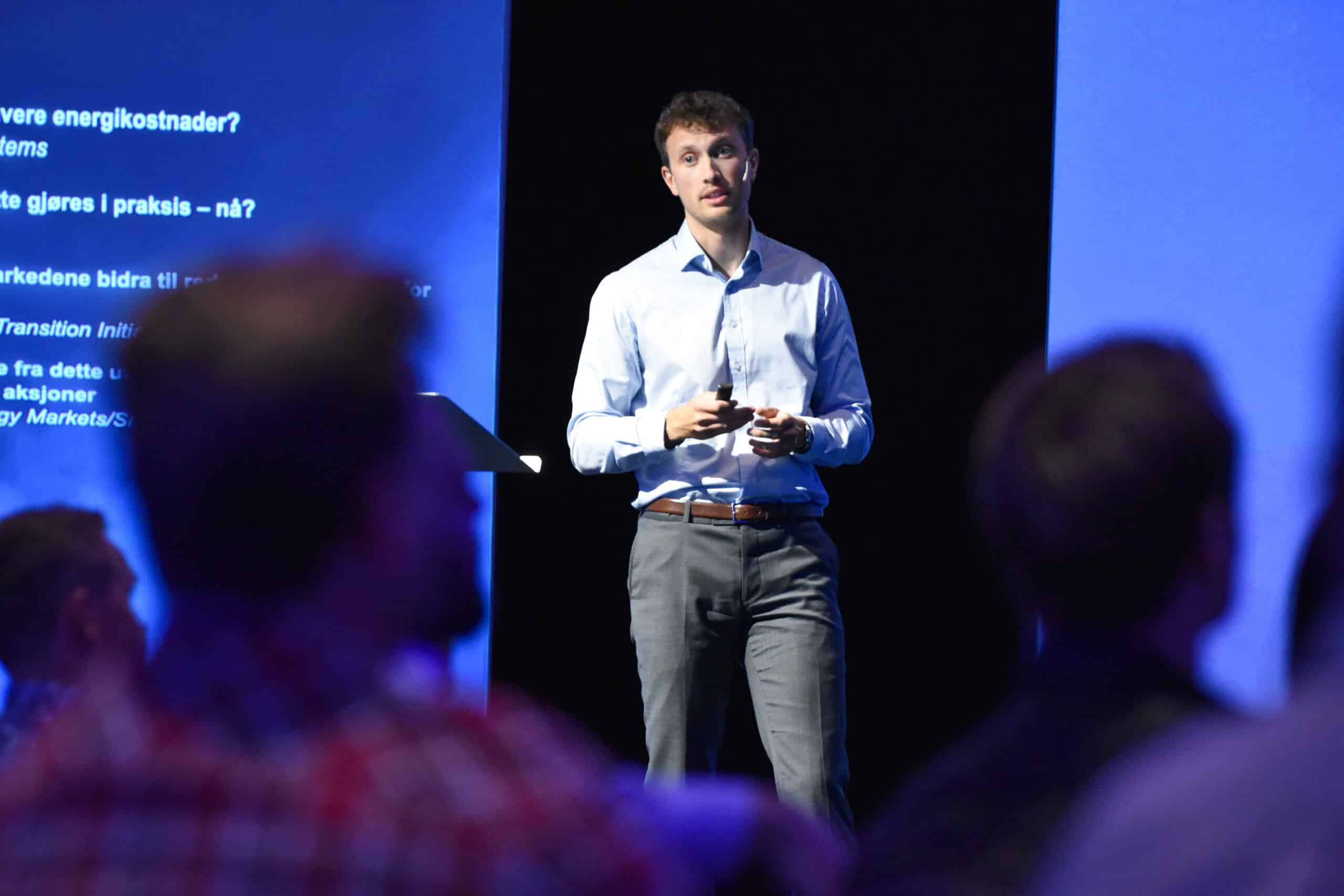
Mathias Herbert Rui, Flextools 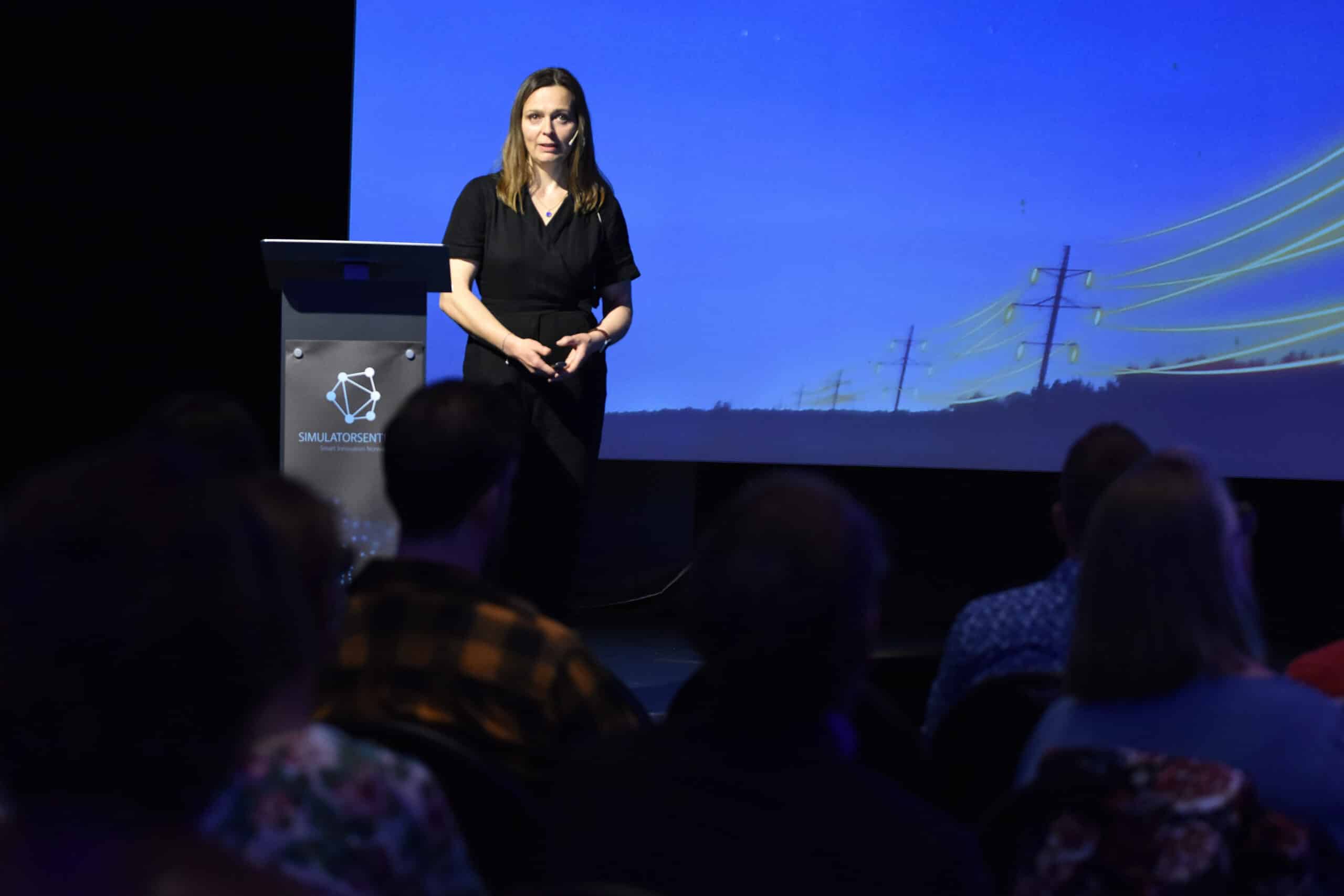
Vivi Mathiesen, Heimdall Power 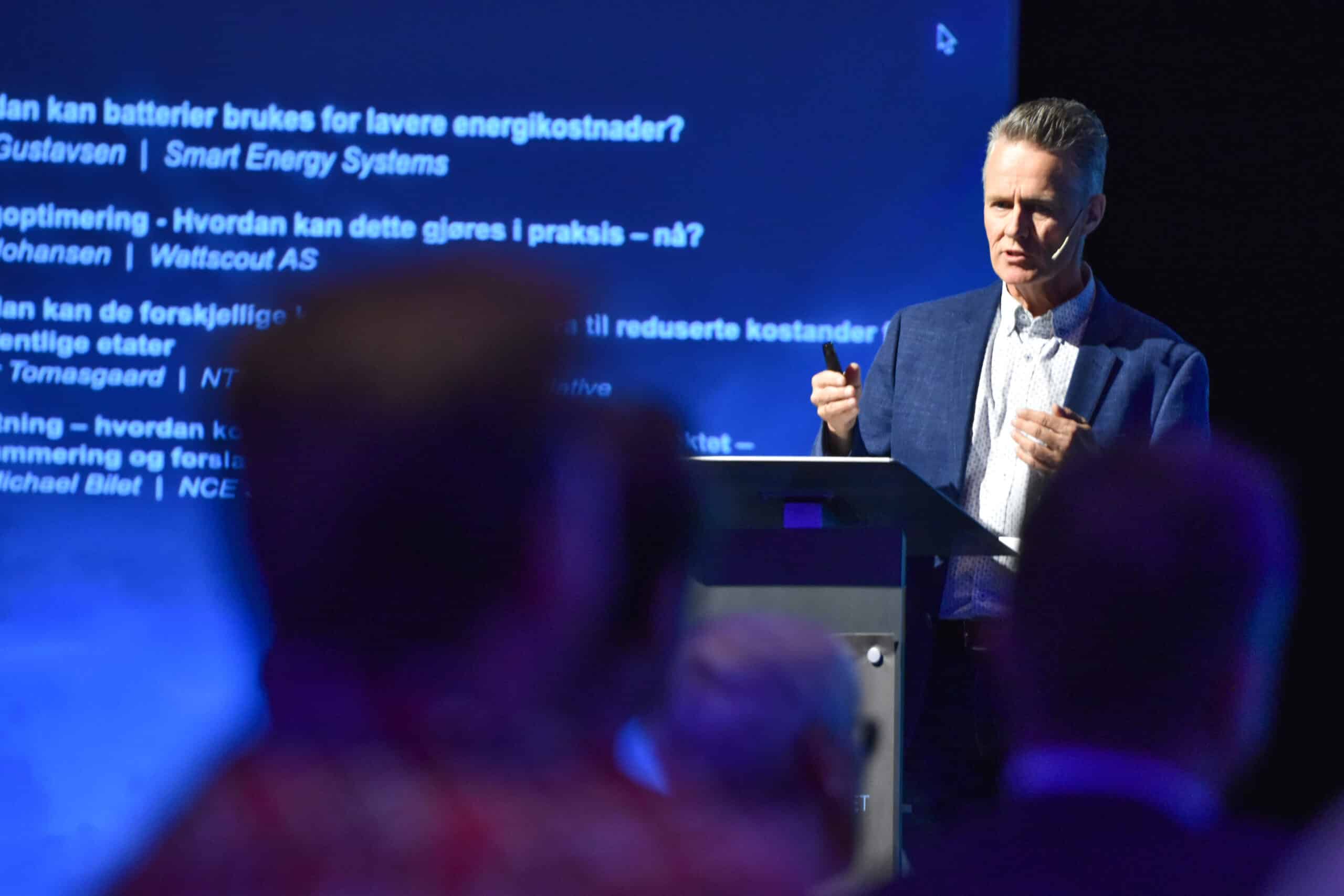
Stig Ødegaard Ottesen, Smart Innovation Norway 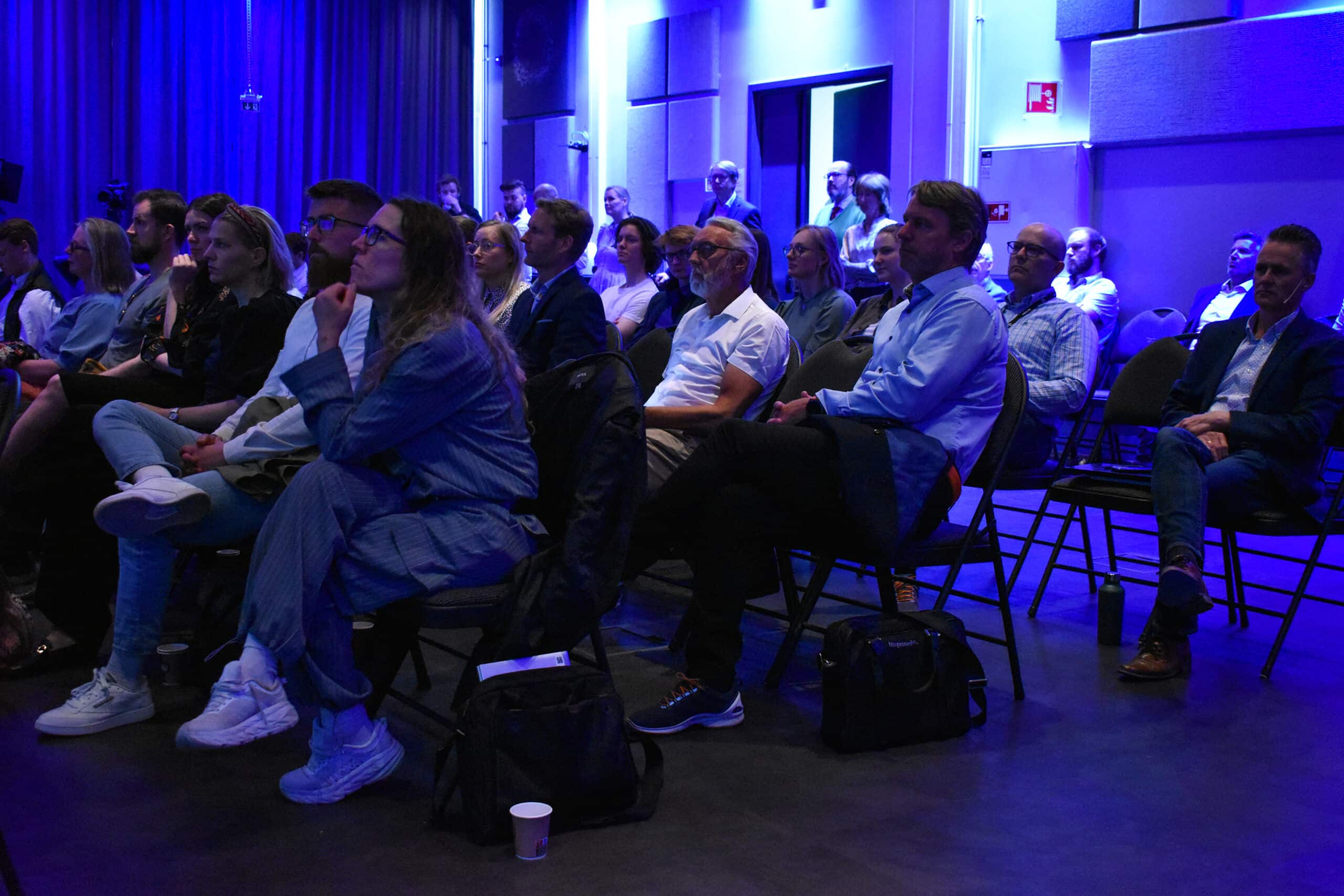
Energy seminar June 1, 2023, NCE Smart Energy Markets 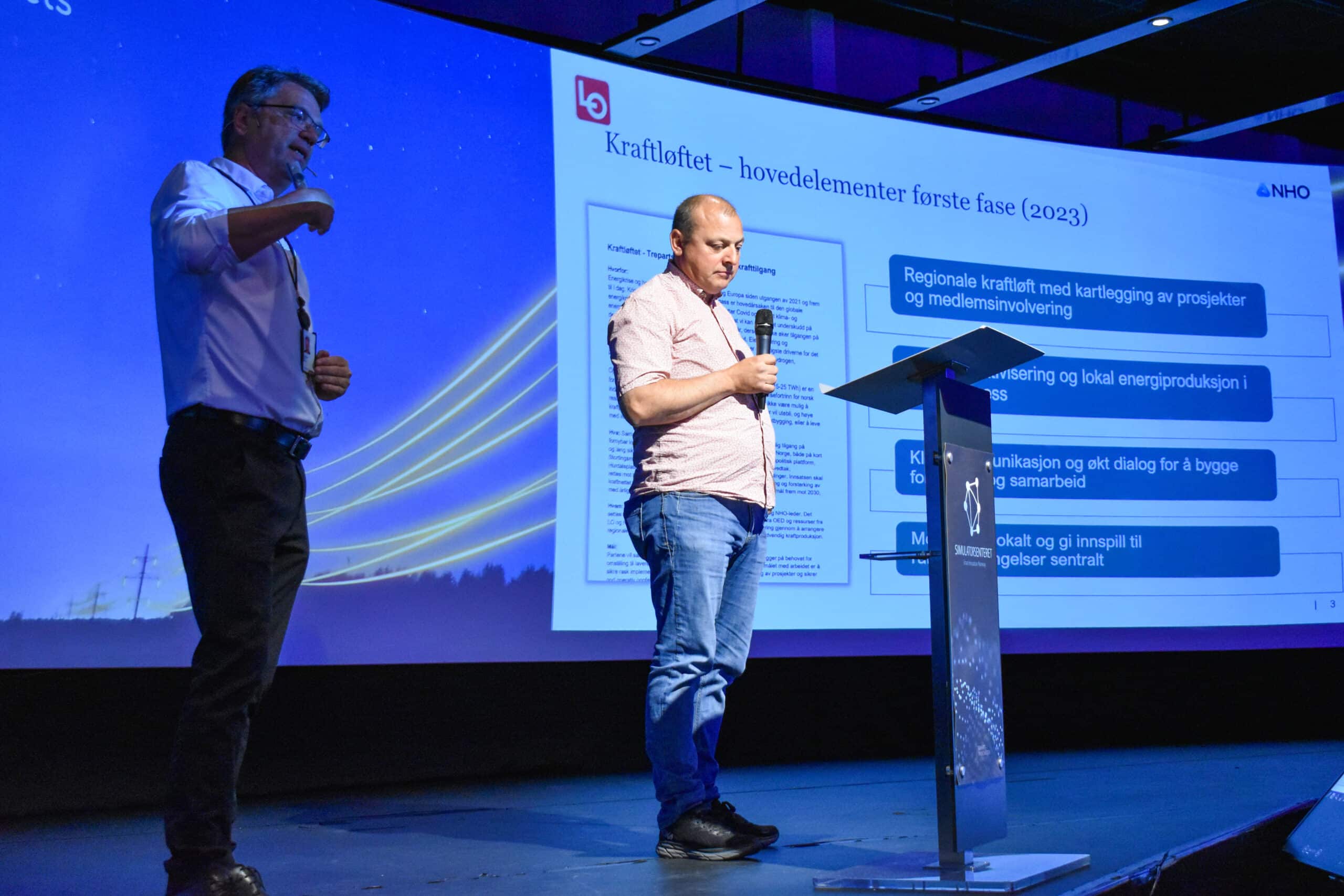
Jon-Vidar Knold (left, NHO Oslo Viken) and Ulf Lervik, LO Østfold 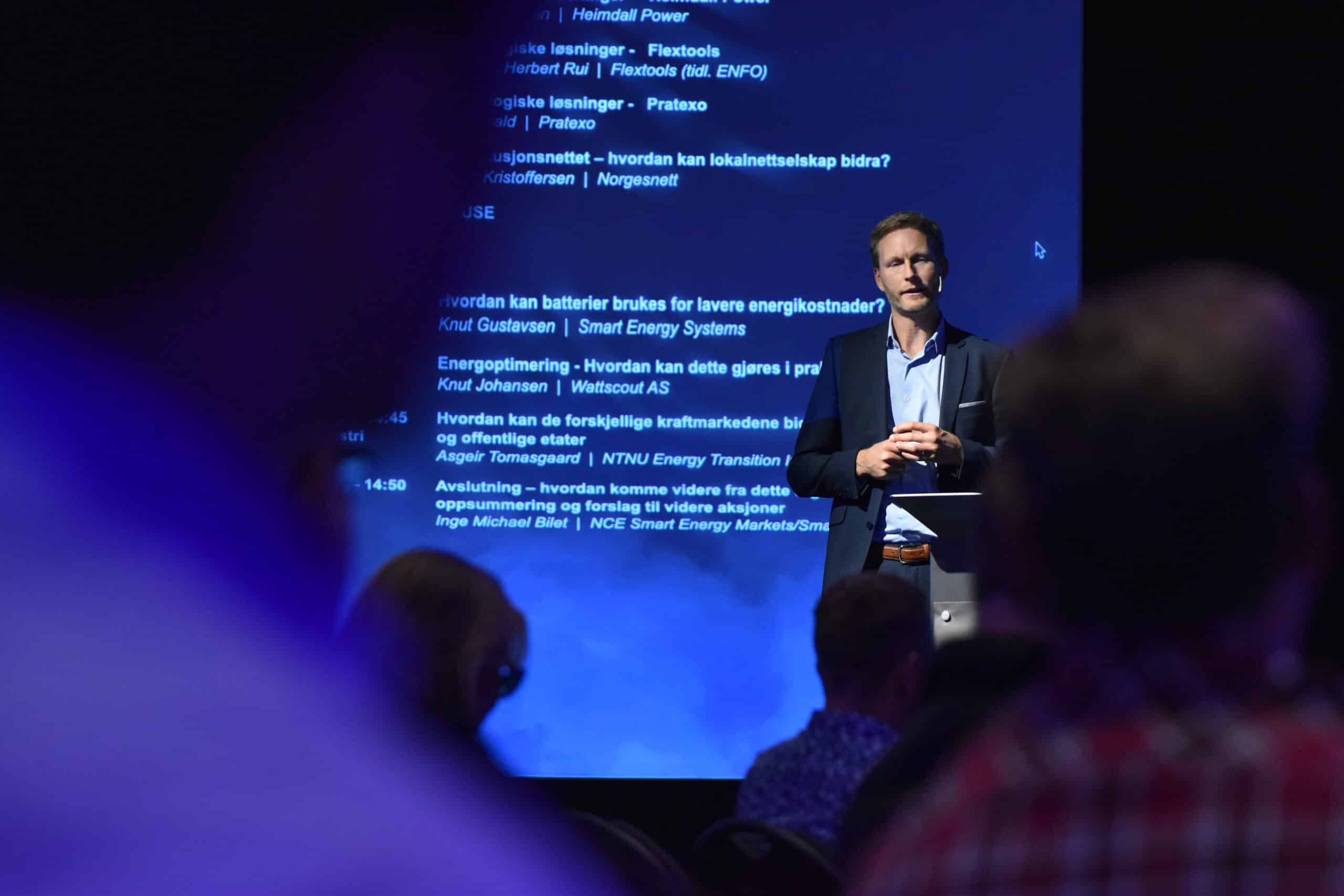
Olav Rommetveit, Zephyr 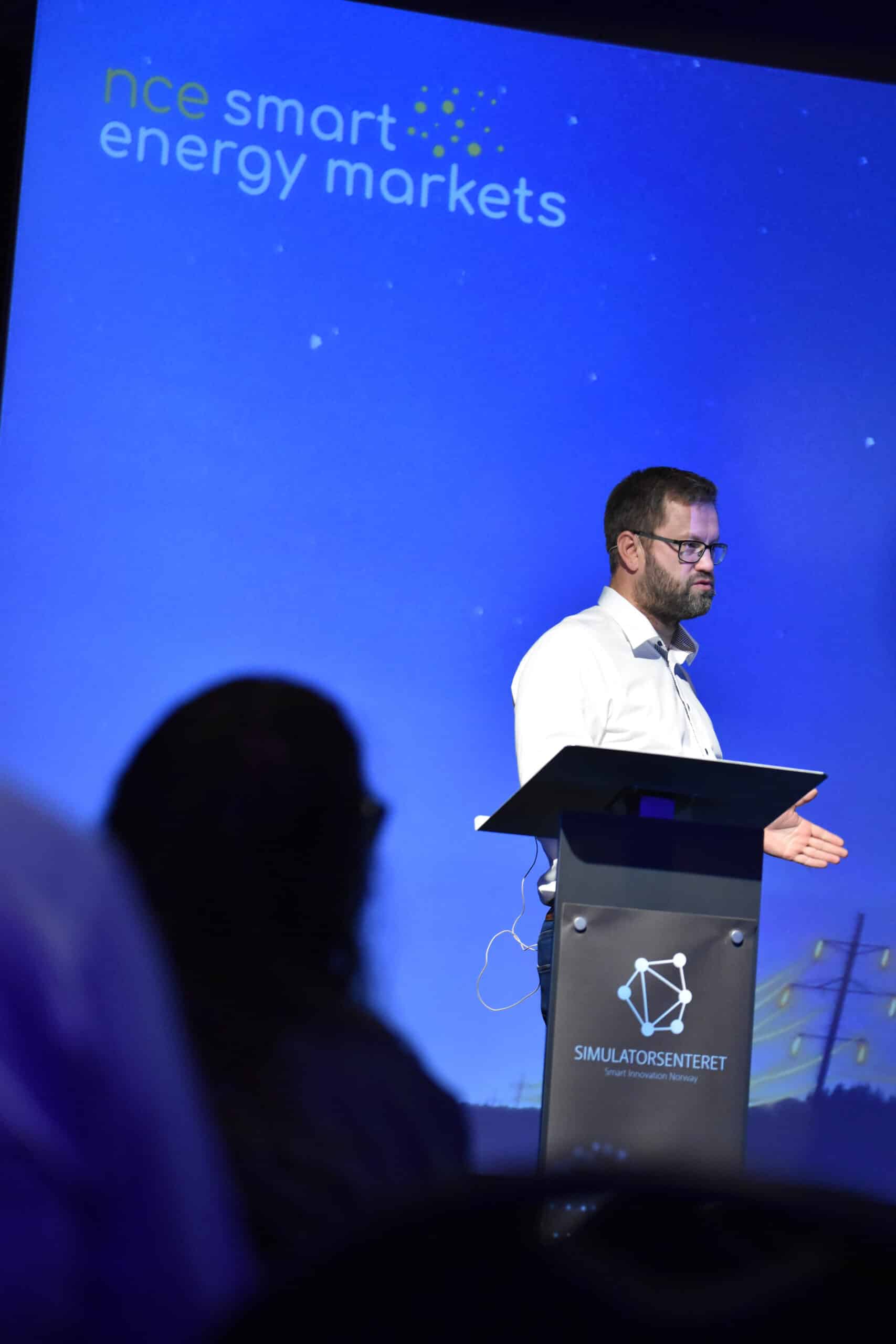
Carl Christian Strømberg, Solcellespesialisten 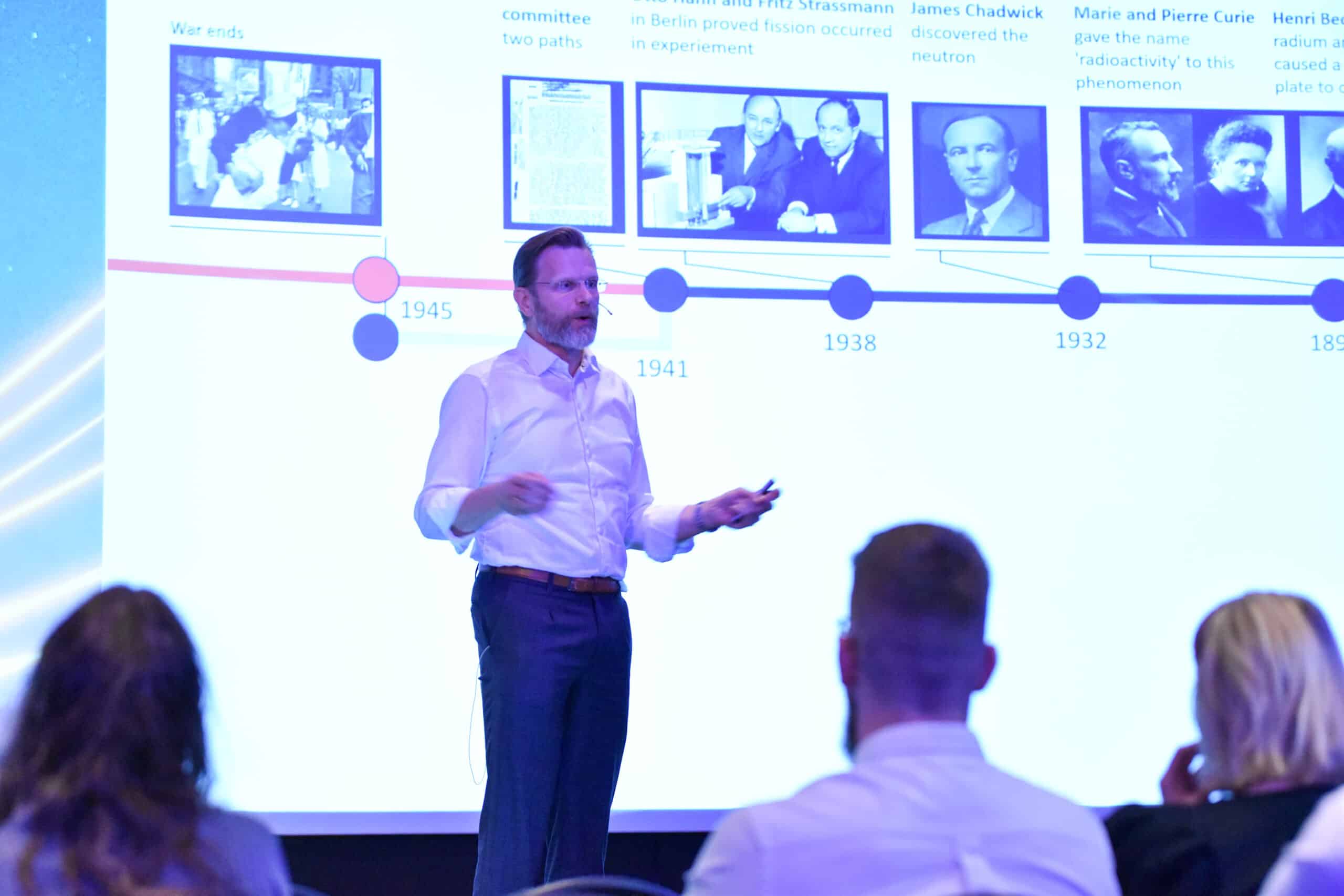
Tomas Eric Nordlander, IFE 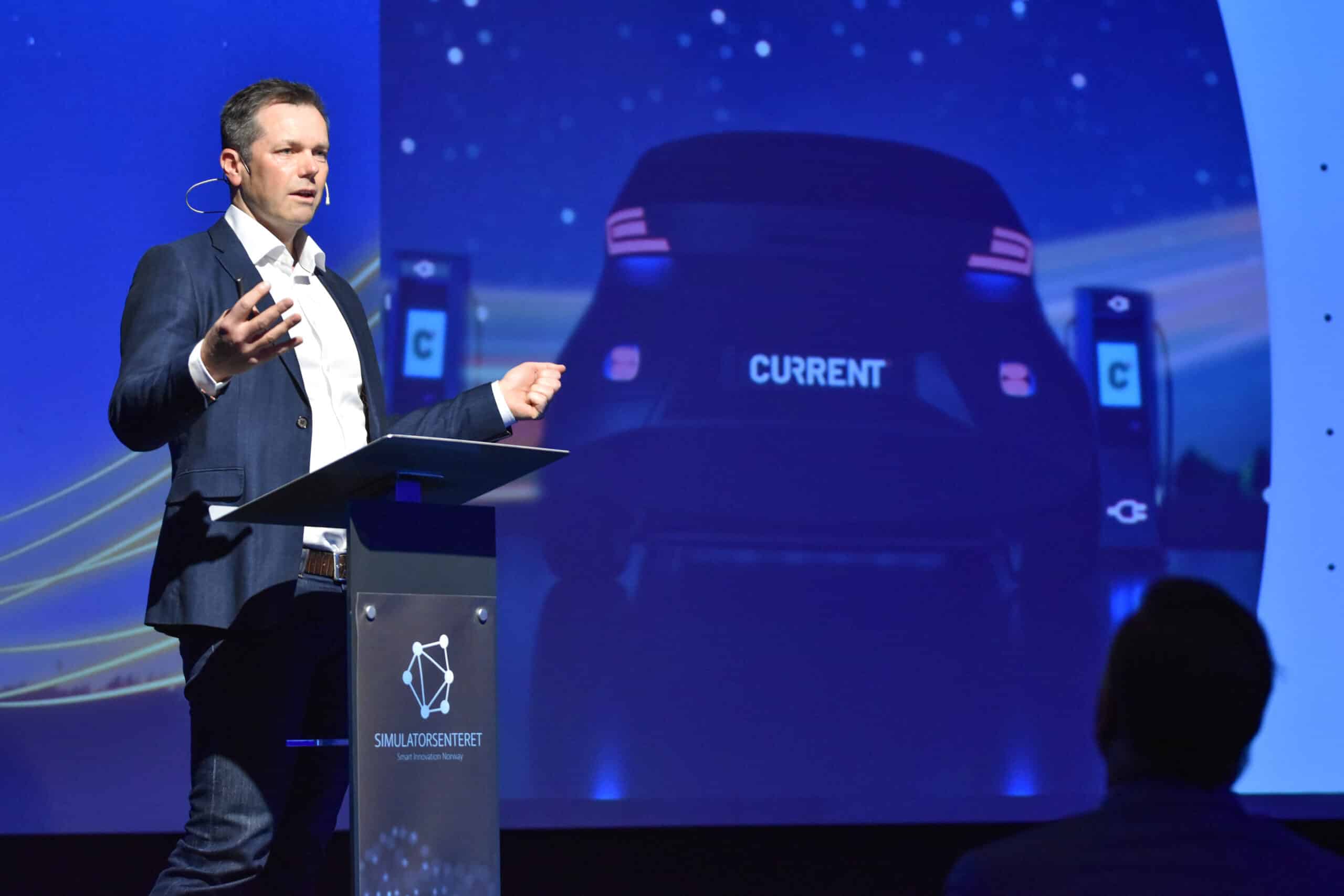
Tom Orvei, Current 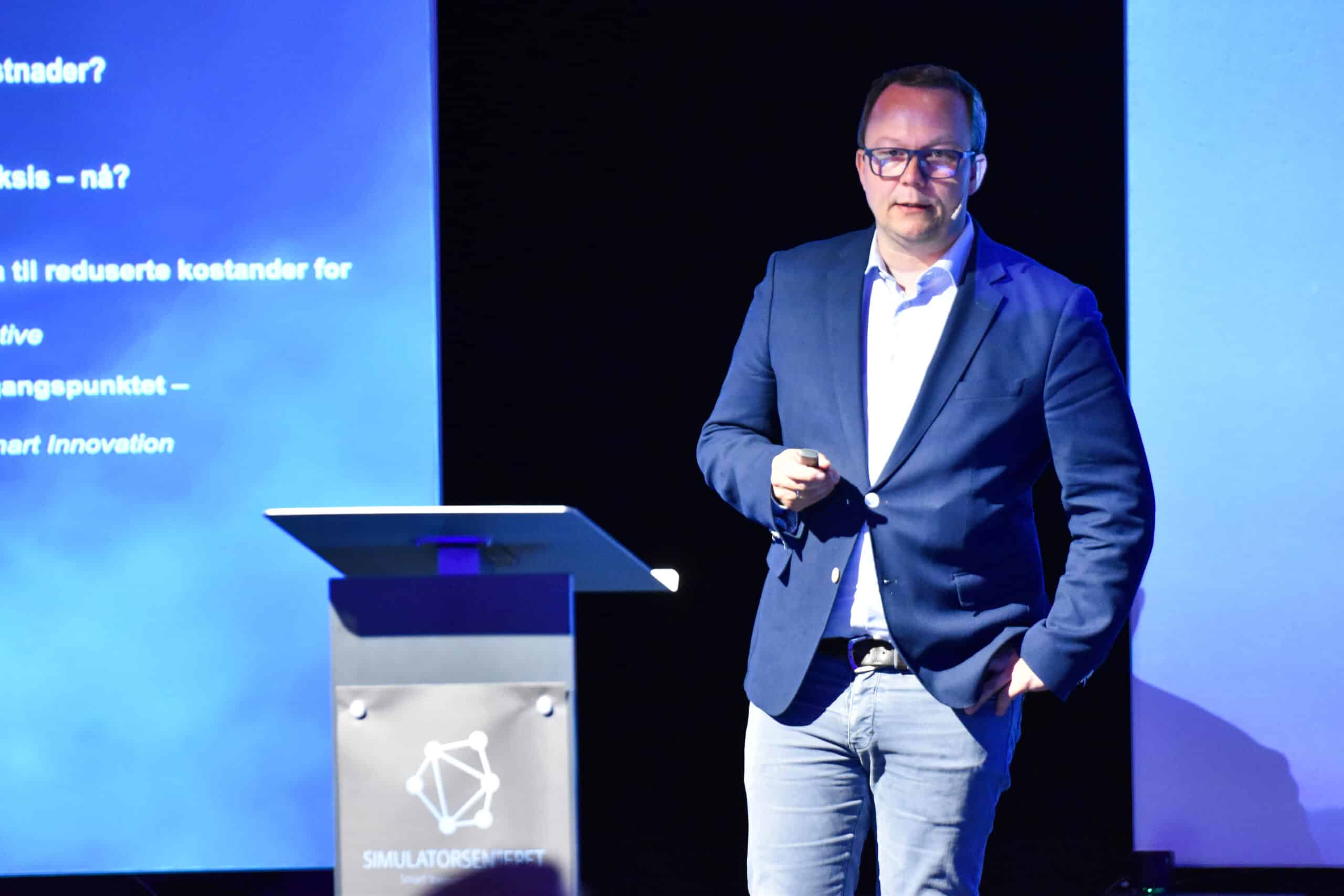
Jon Andreas Pretorius, Eidsiva Energi/Elbits 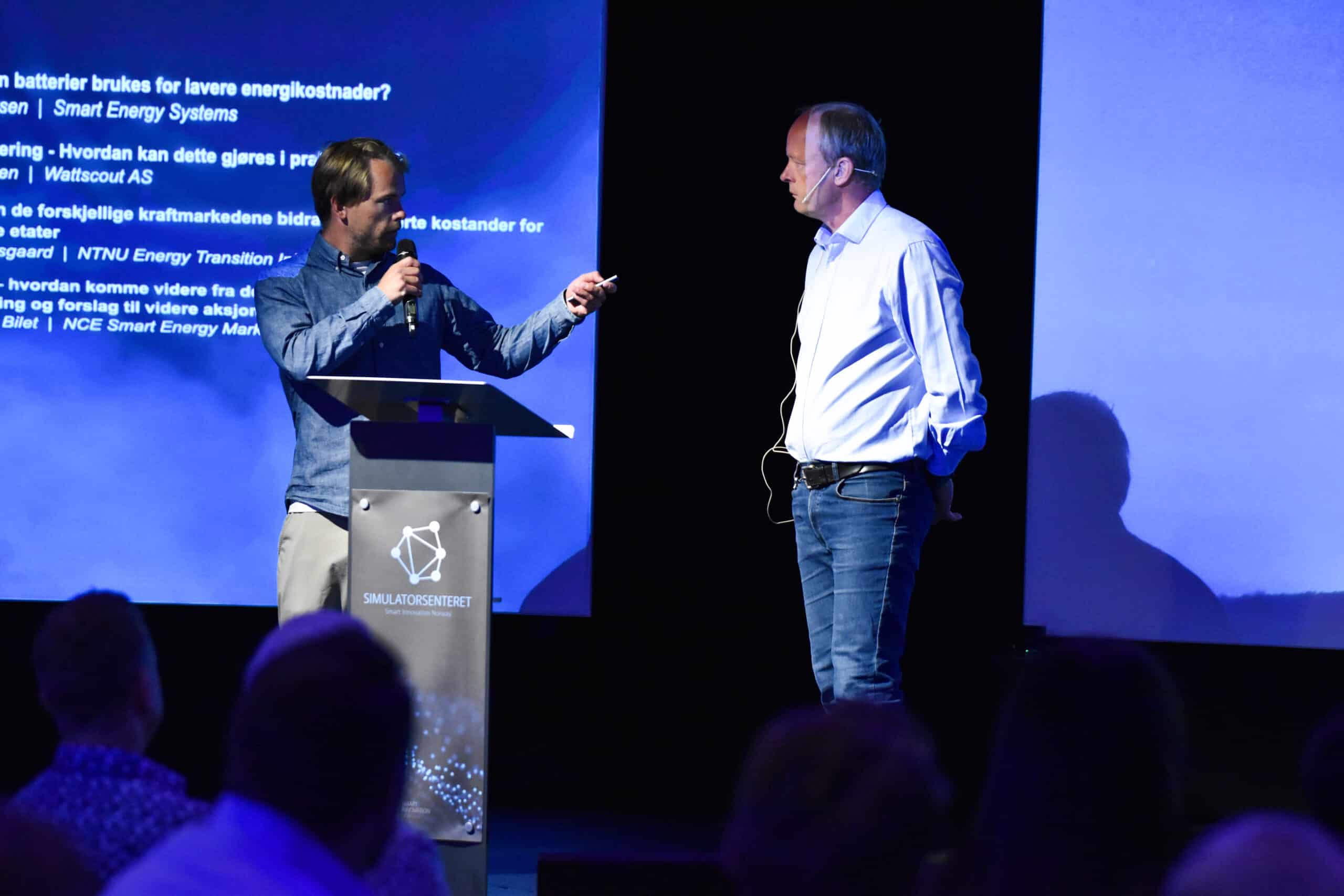
Carl Stener Garder (left) and Carl Haakon (Bobo) Garder, Viken Park/GG Gruppen 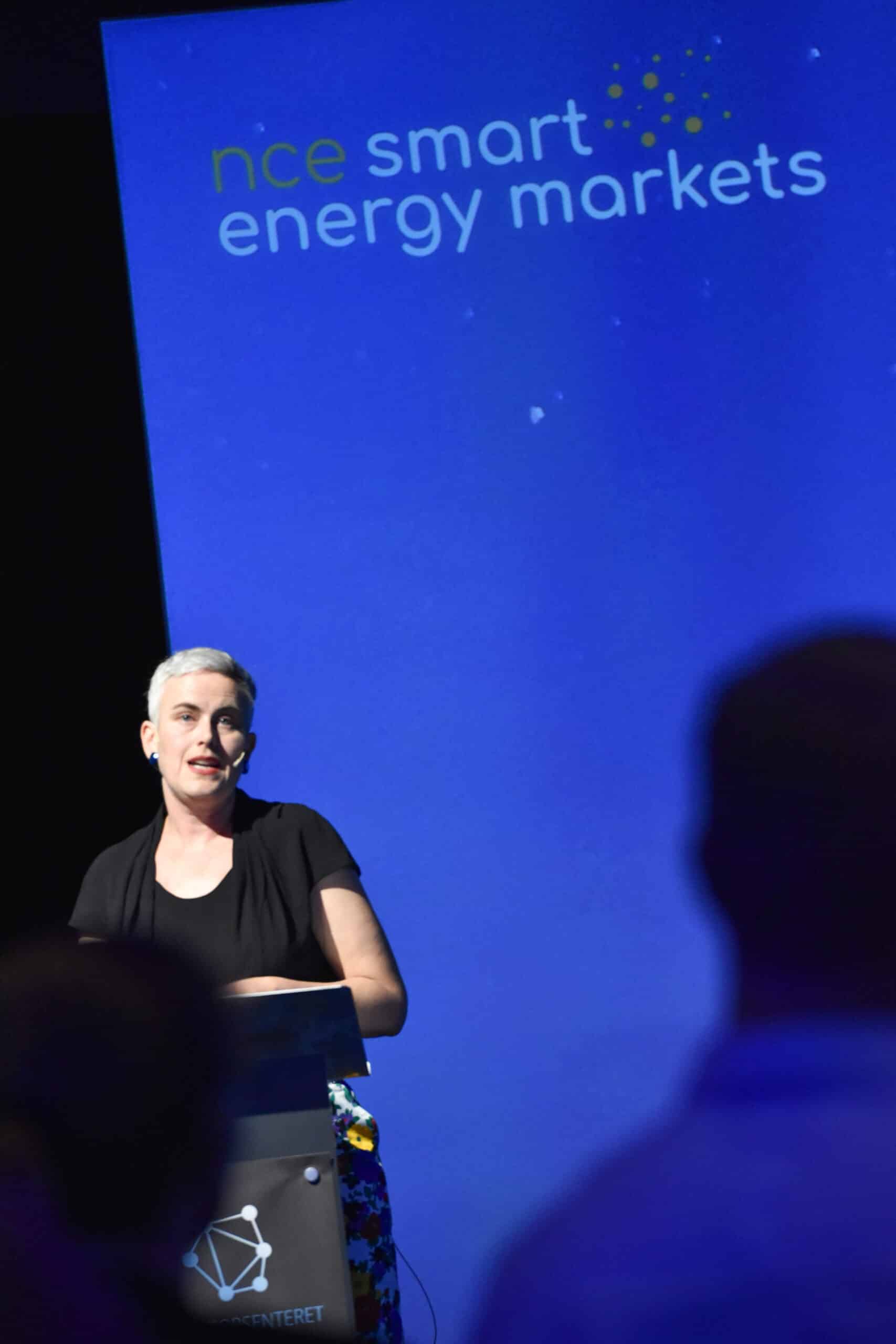
Guro Nereng, Fredrikstad municipality 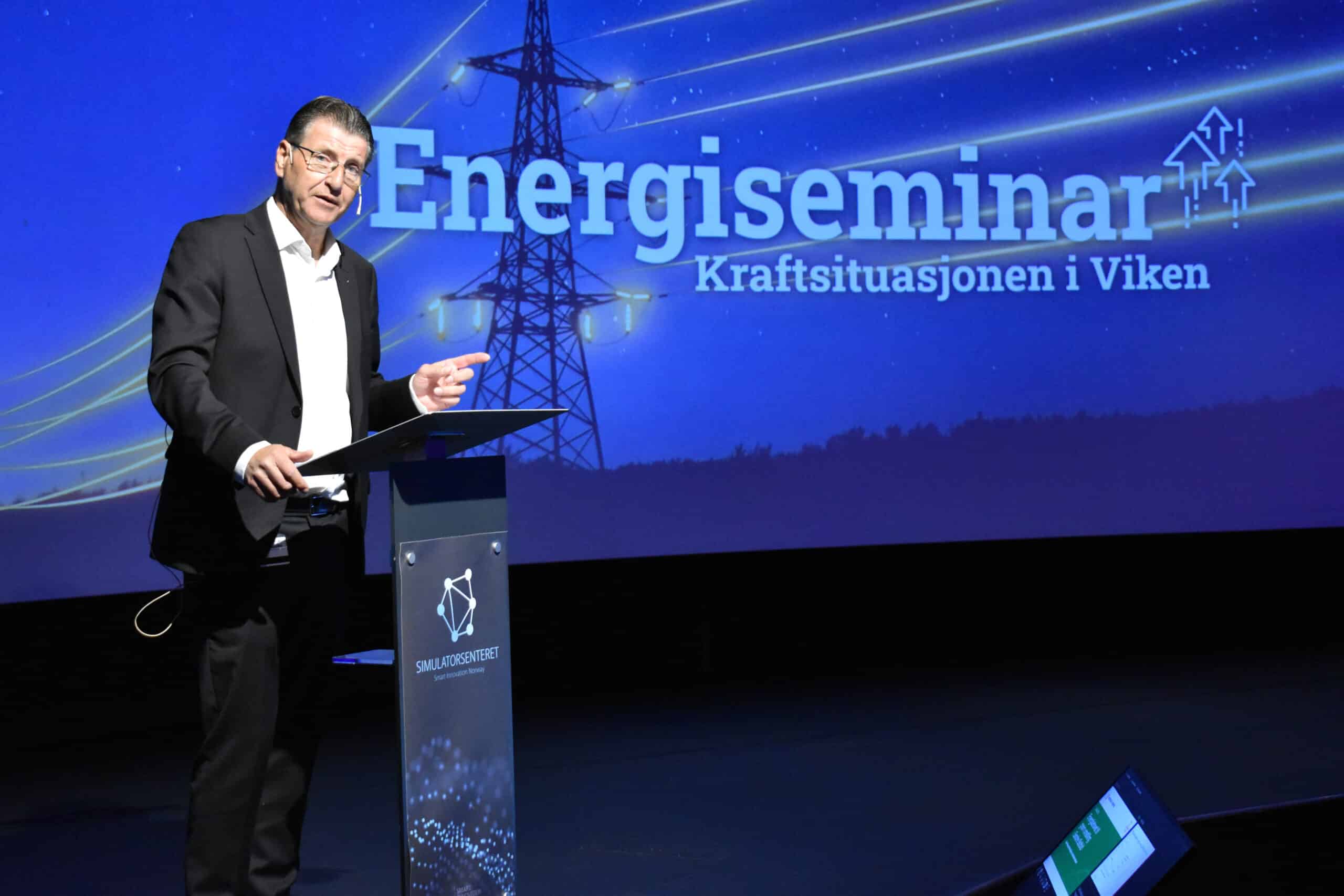
Stein Erik Lauvås, Ap, Storting's Energy and Environment Committee 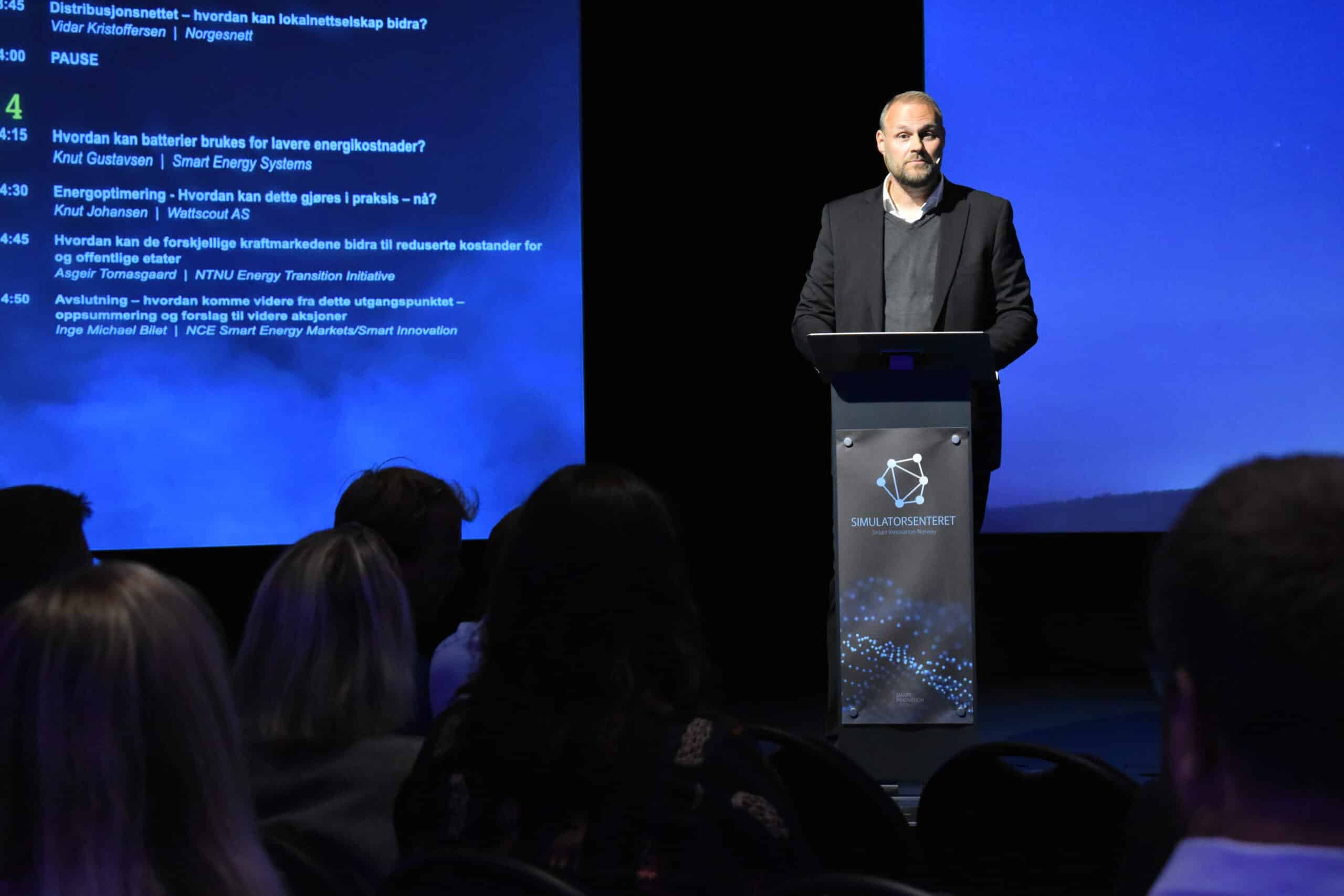
Inge Michael Bilet, Smart Innovation Norway 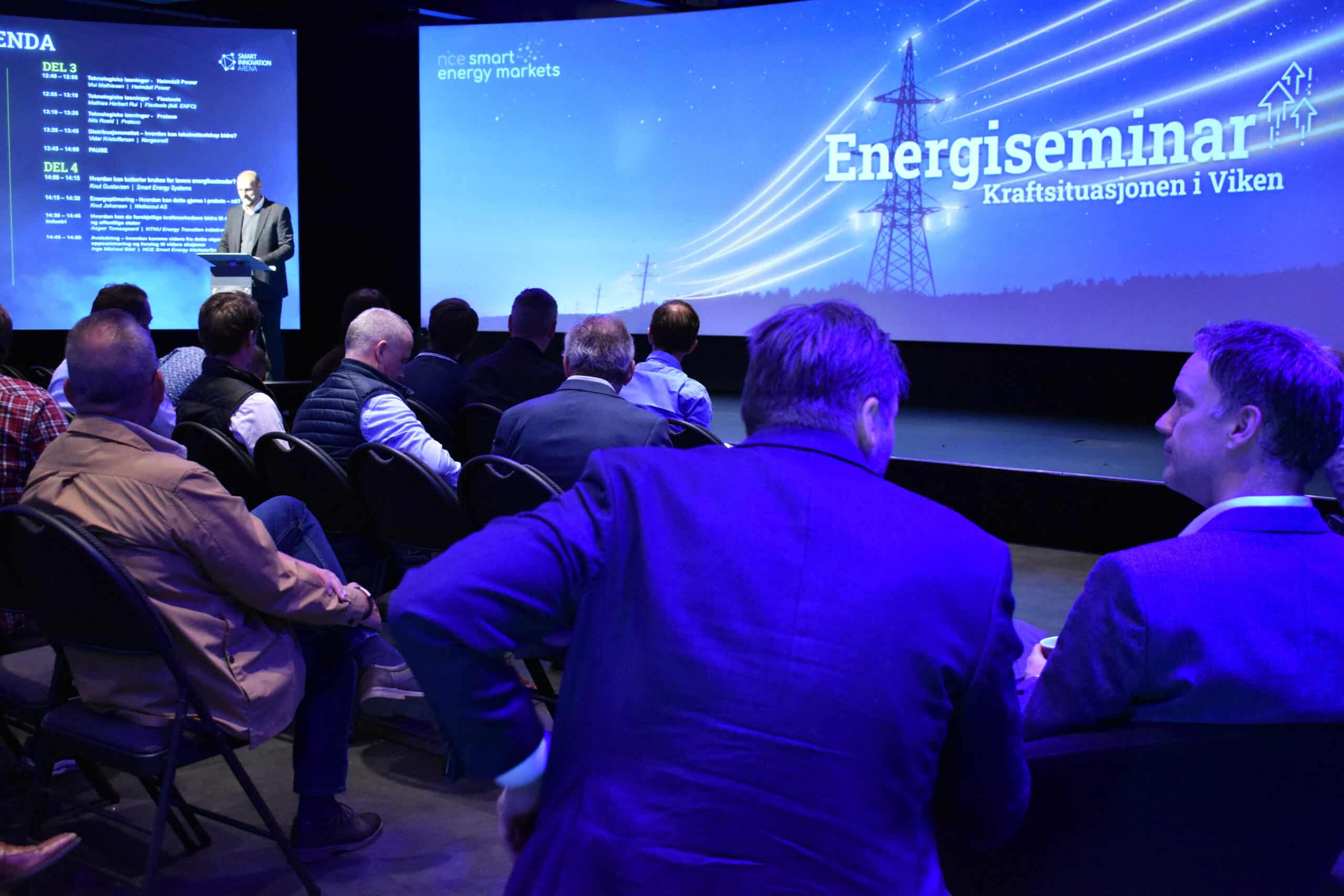
Energy seminar June 1, 2023, NCE Smart Energy Markets 
Energy seminar June 1, 2023, NCE Smart Energy Markets

